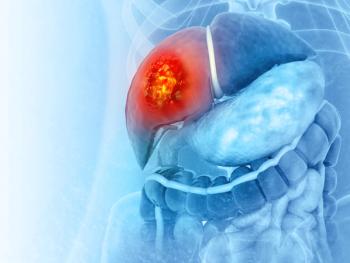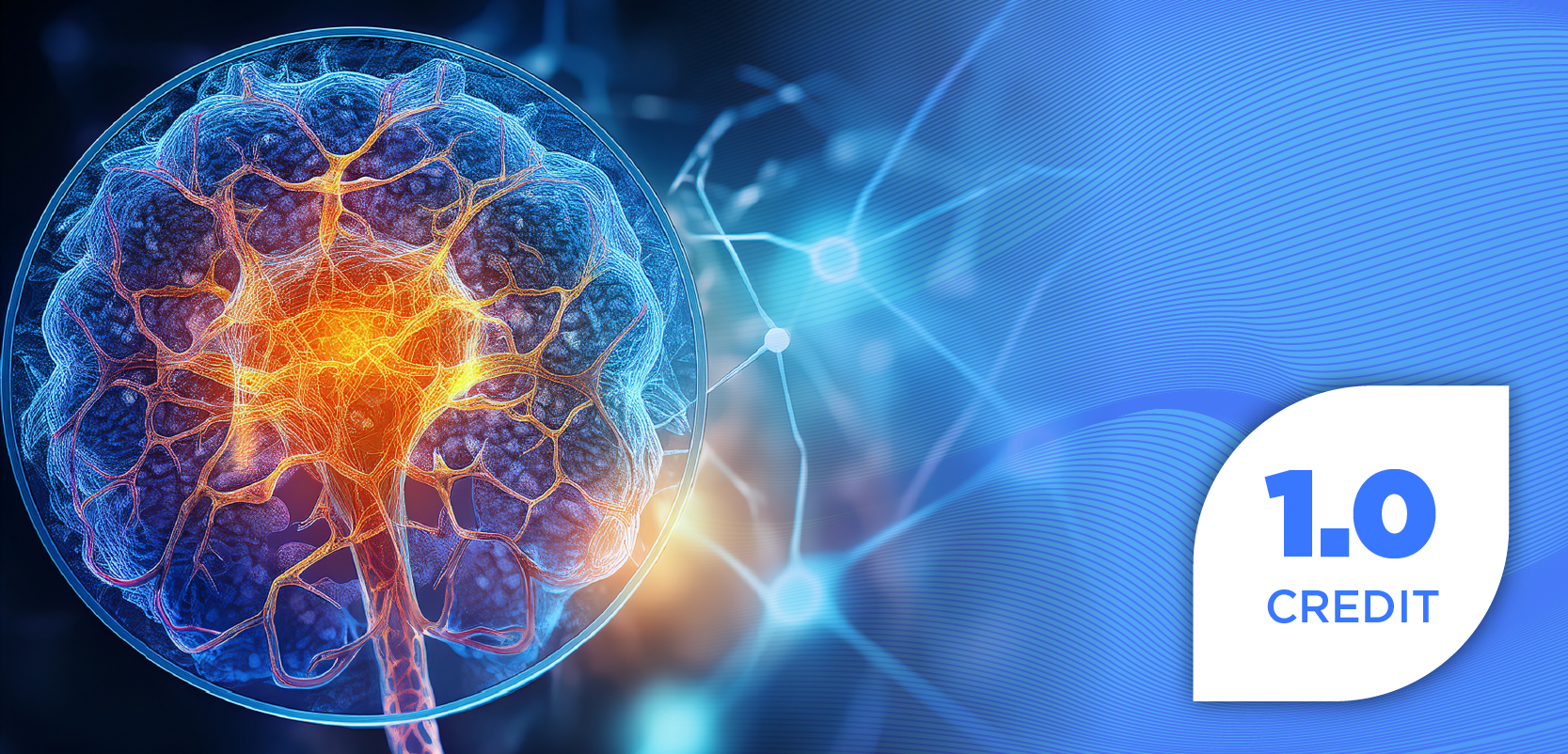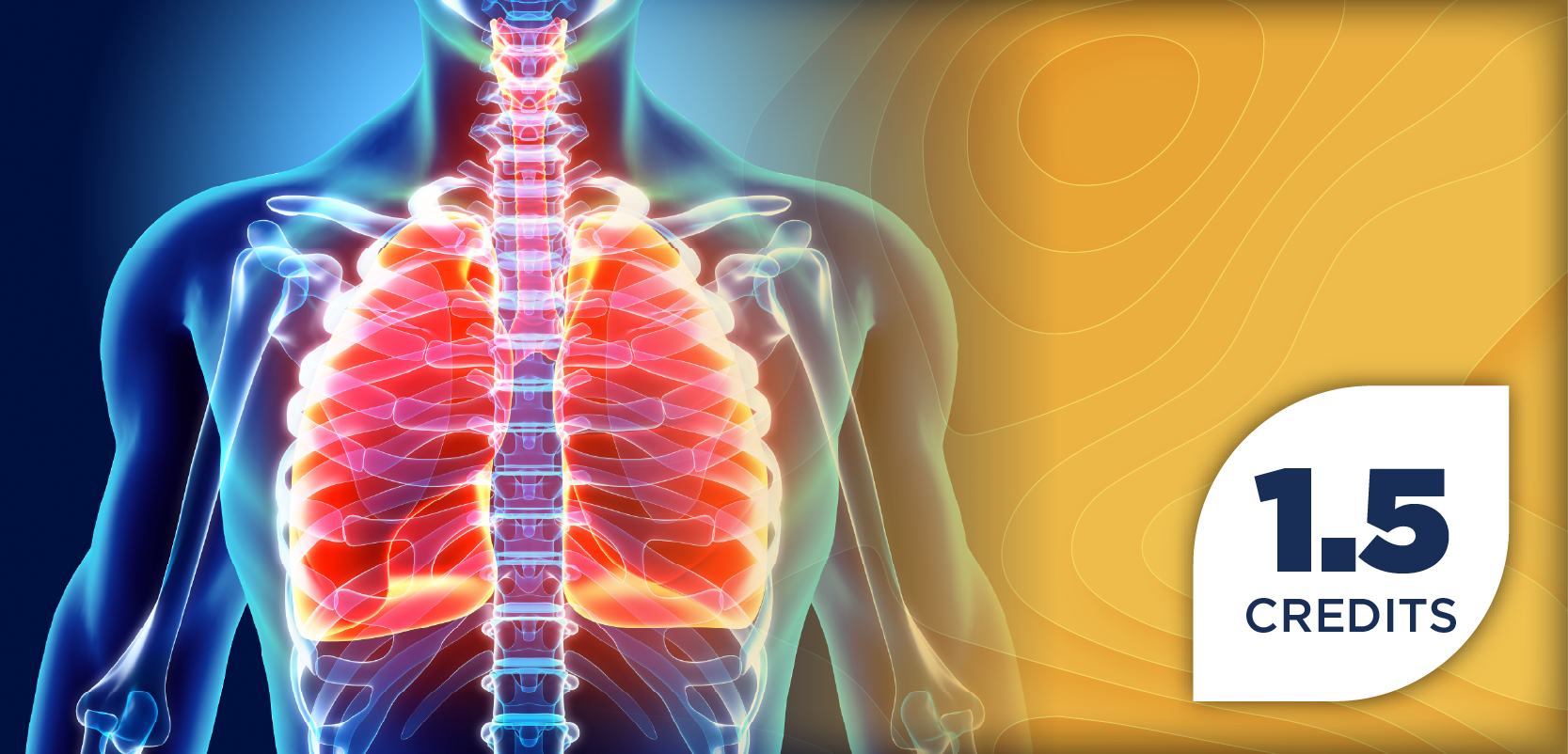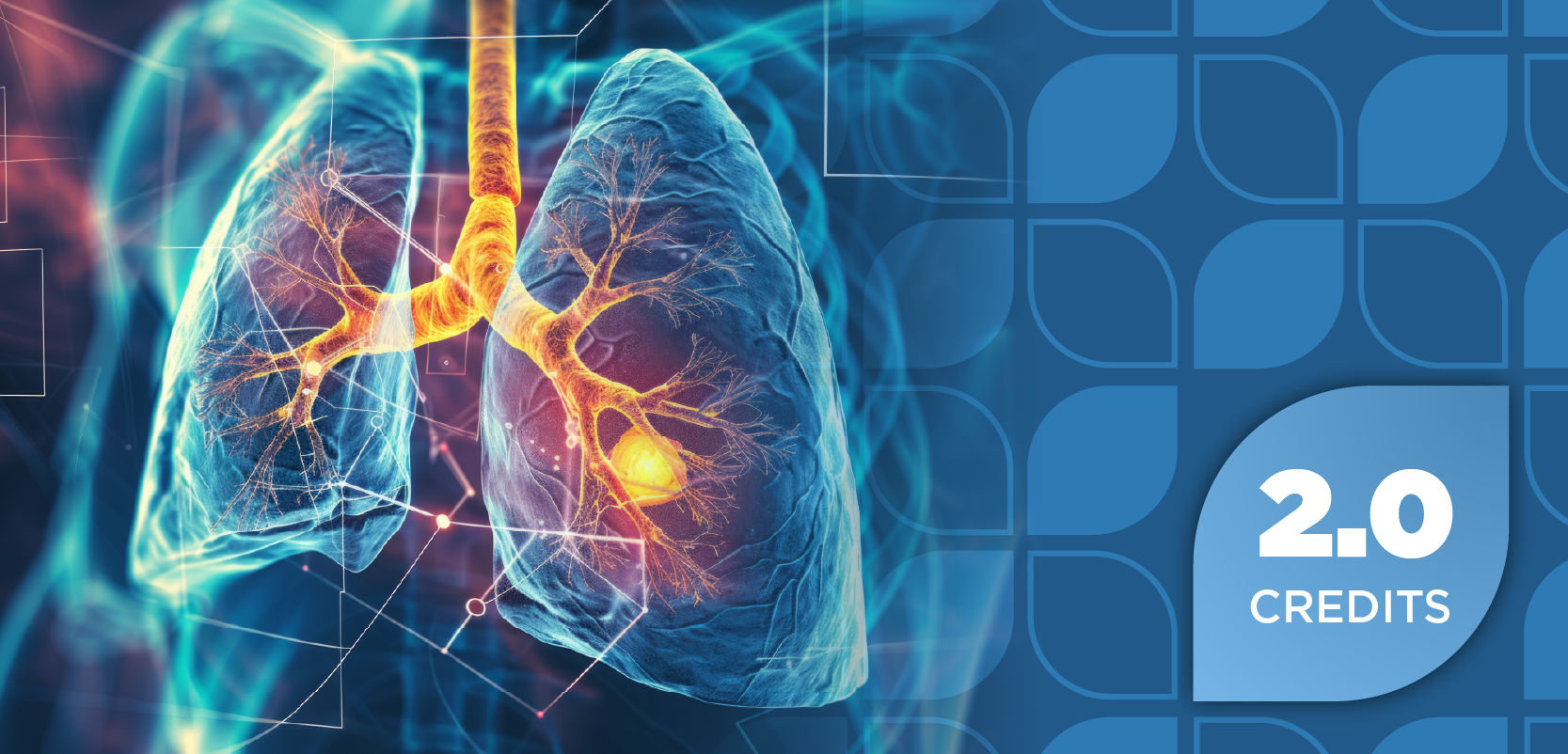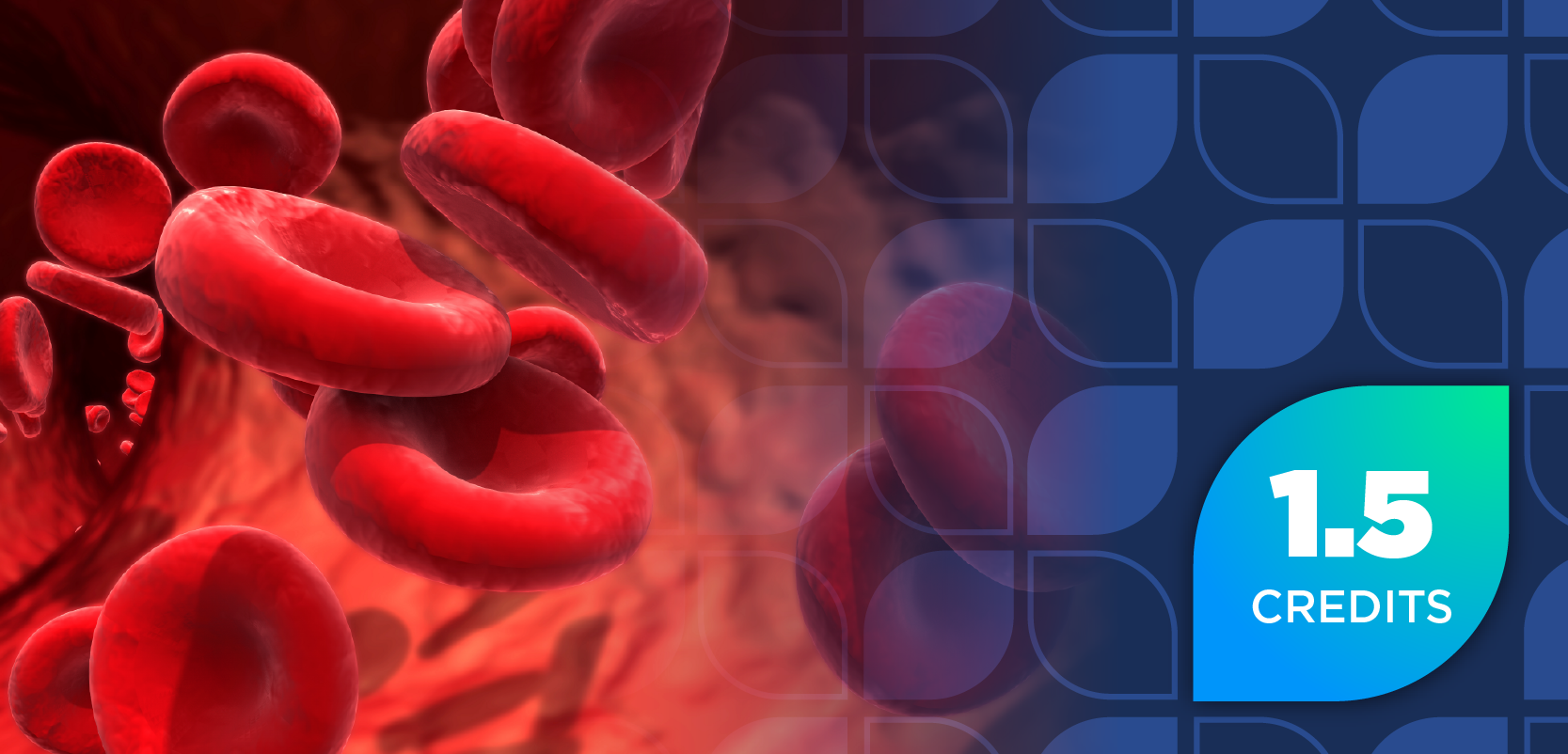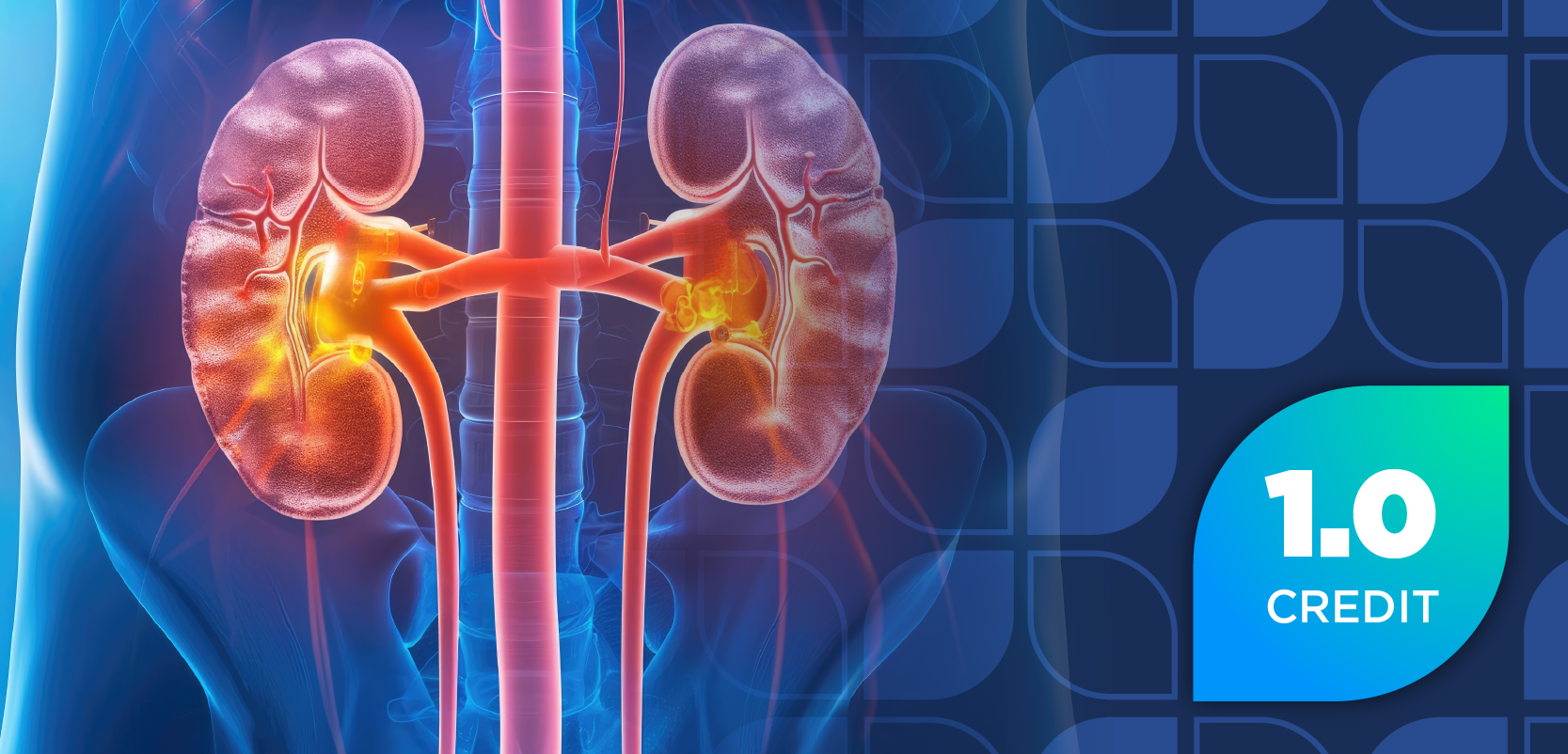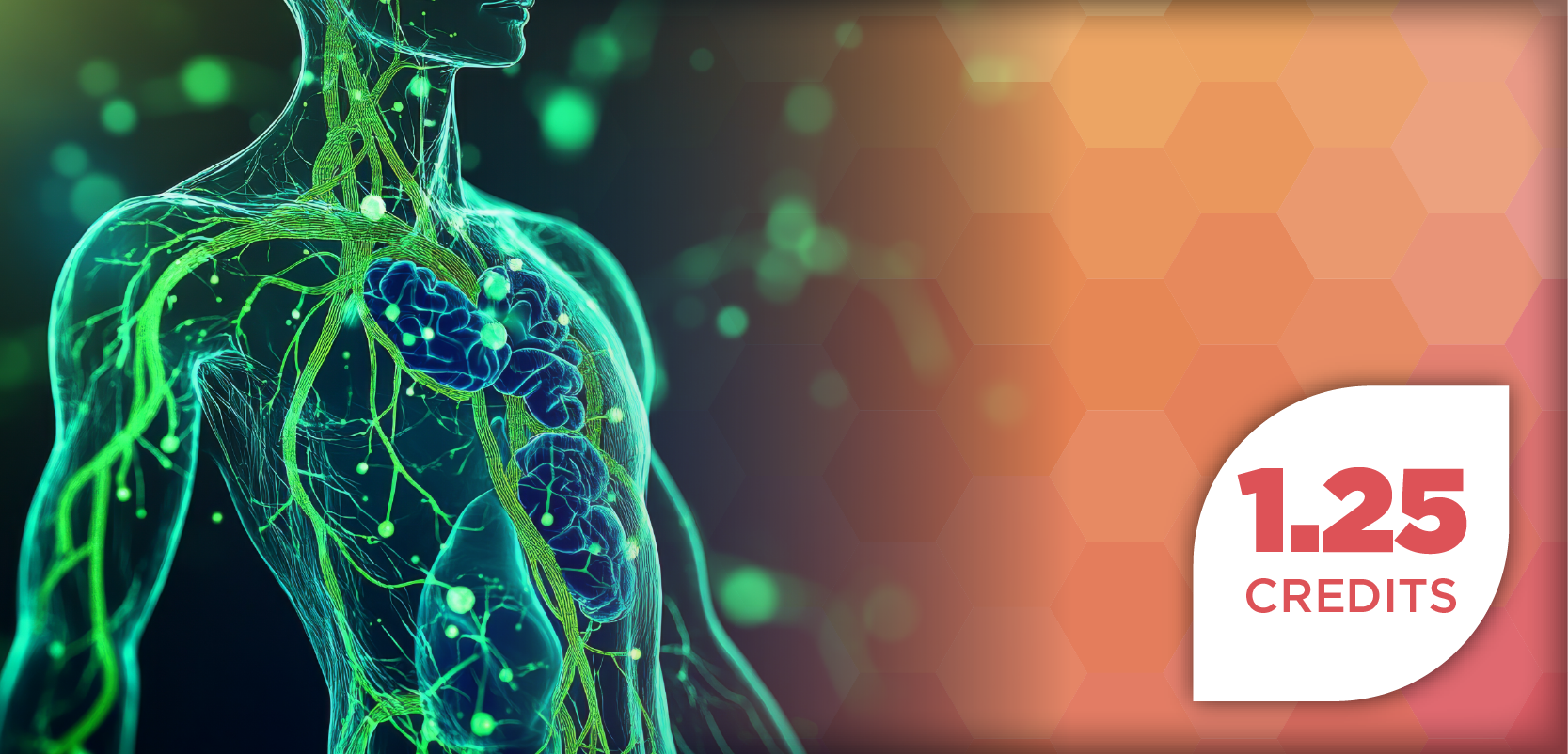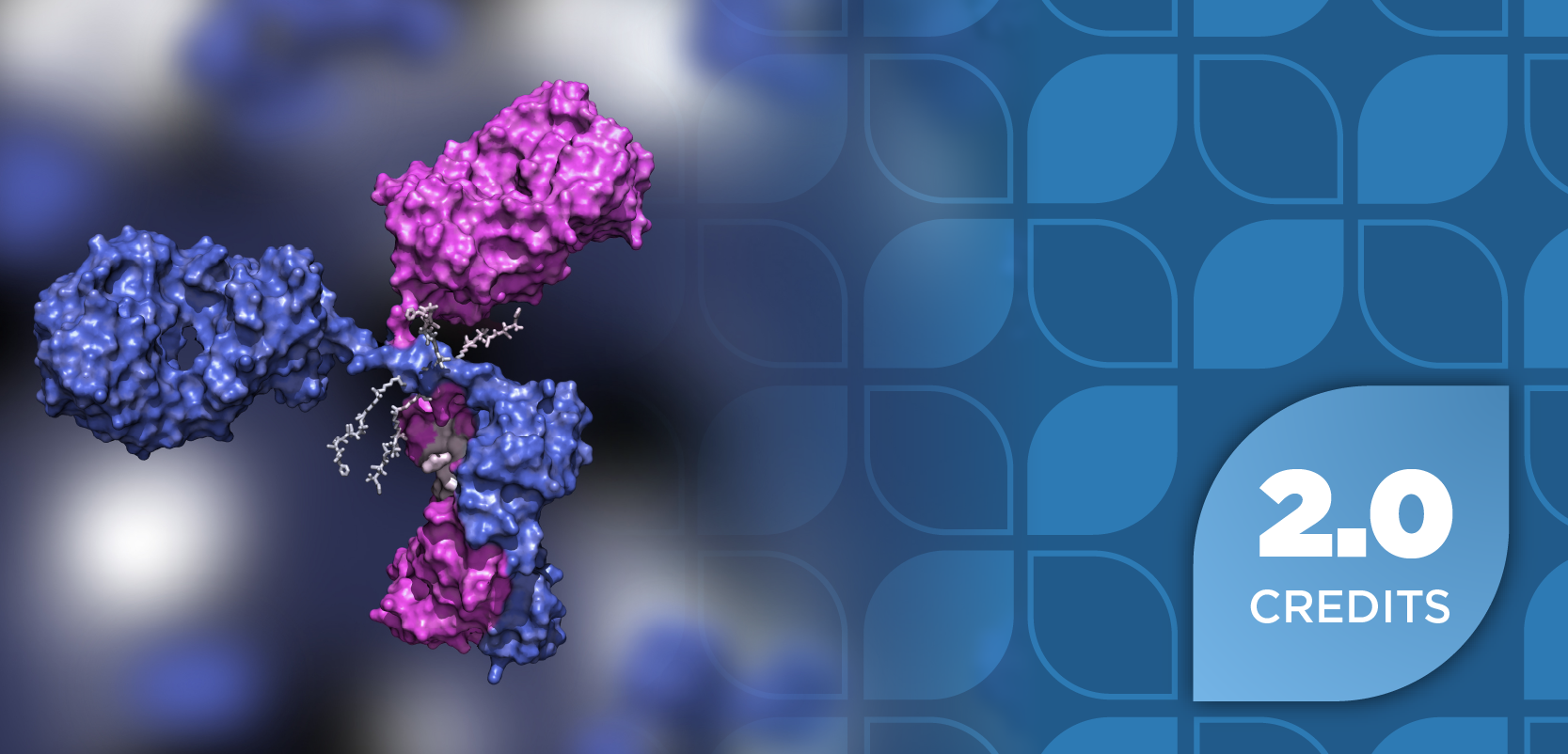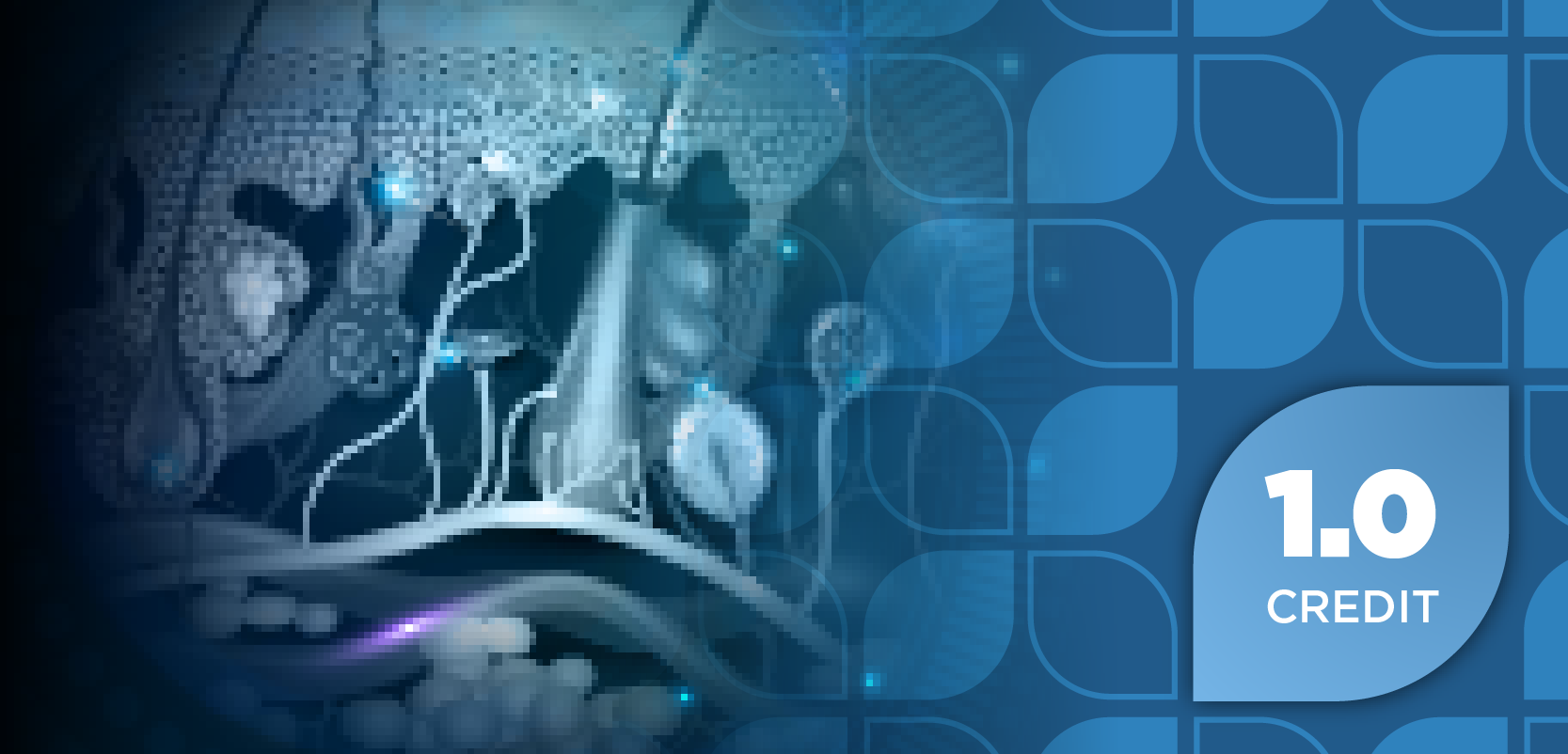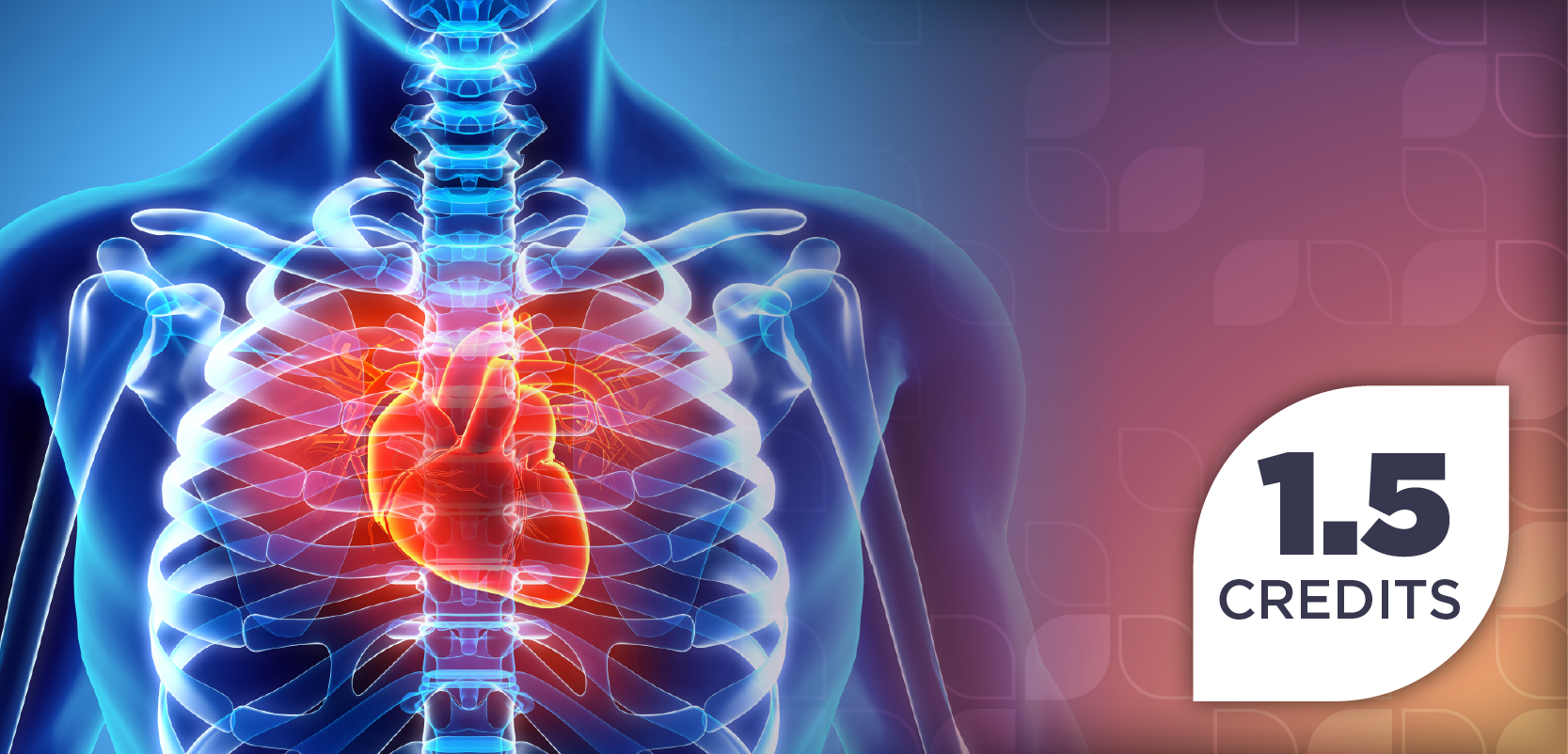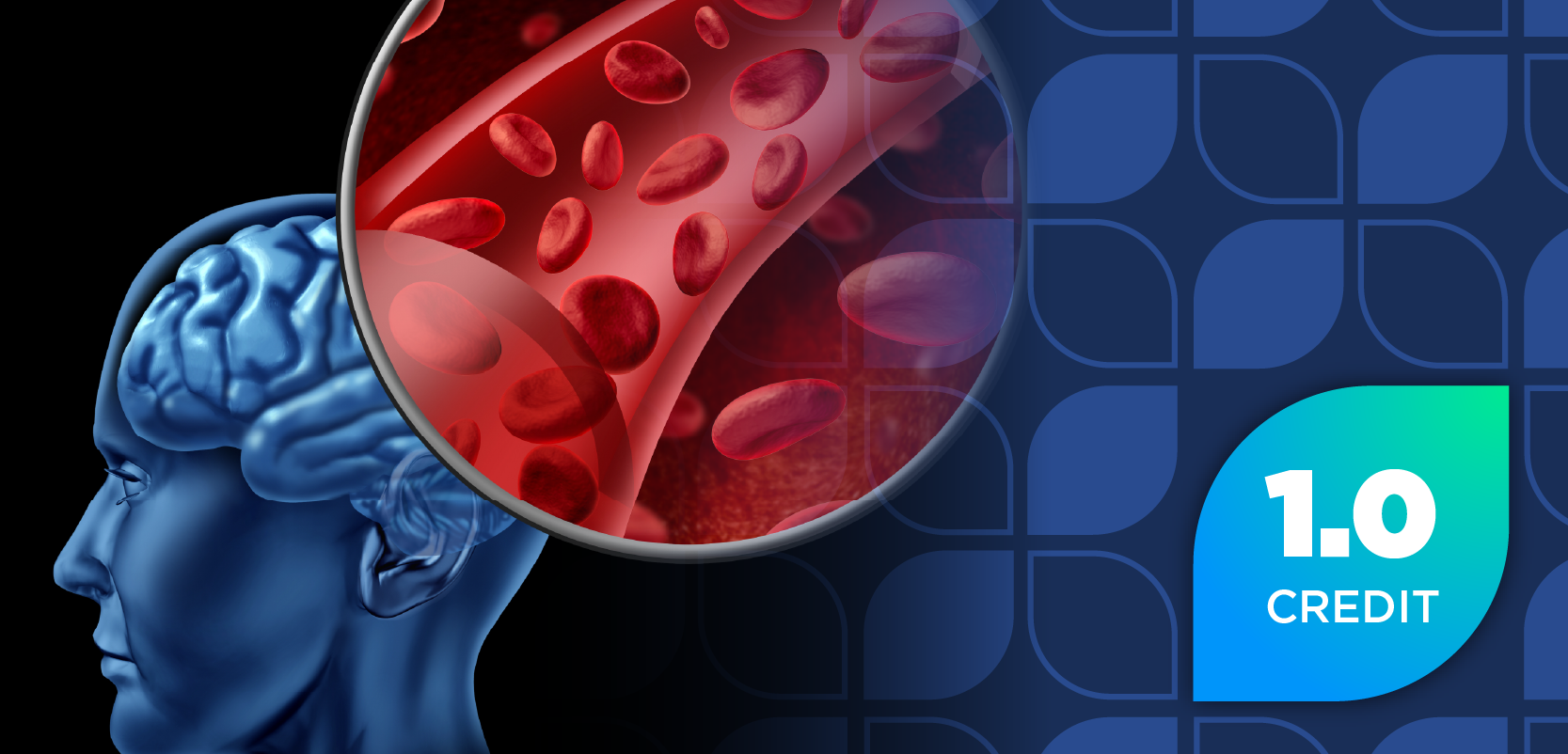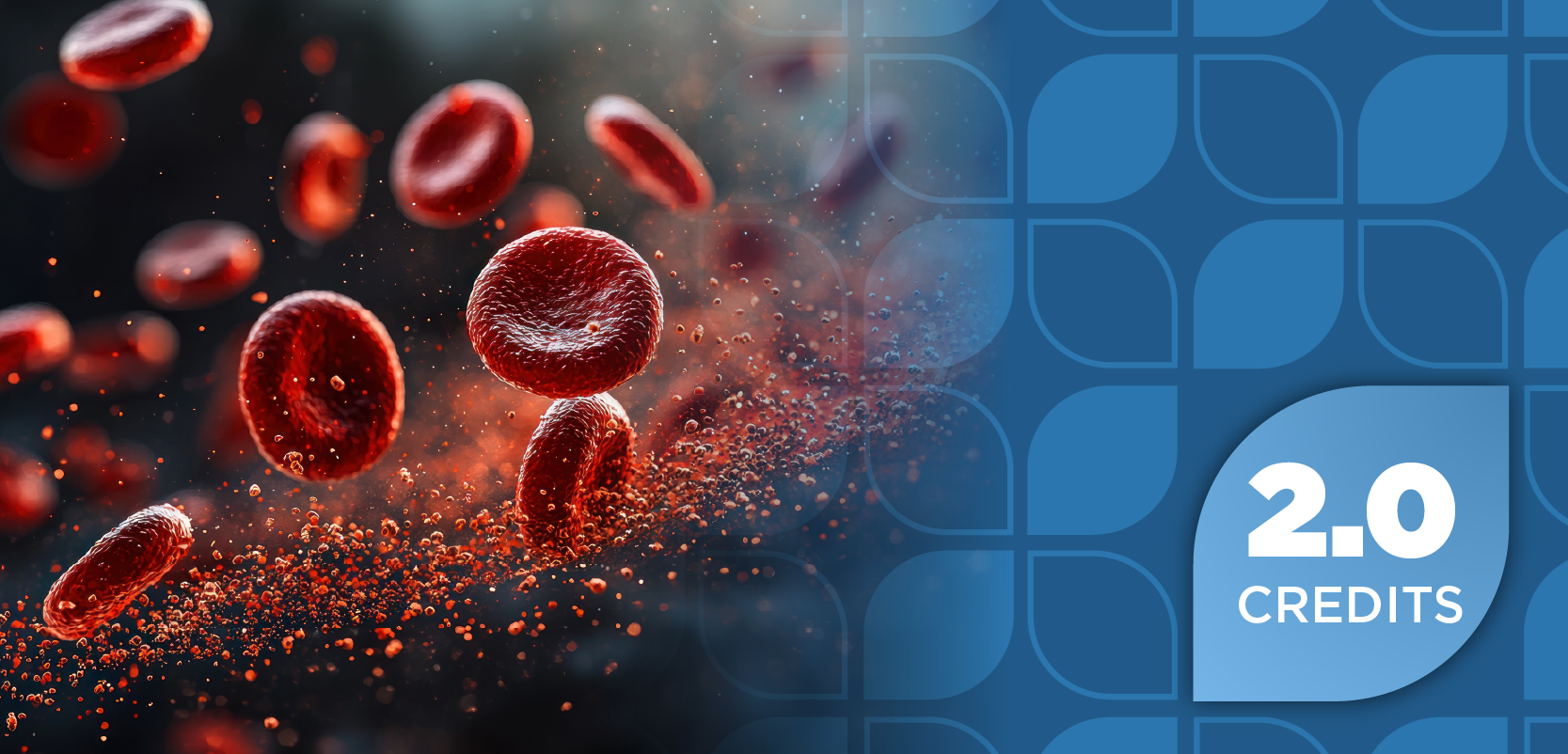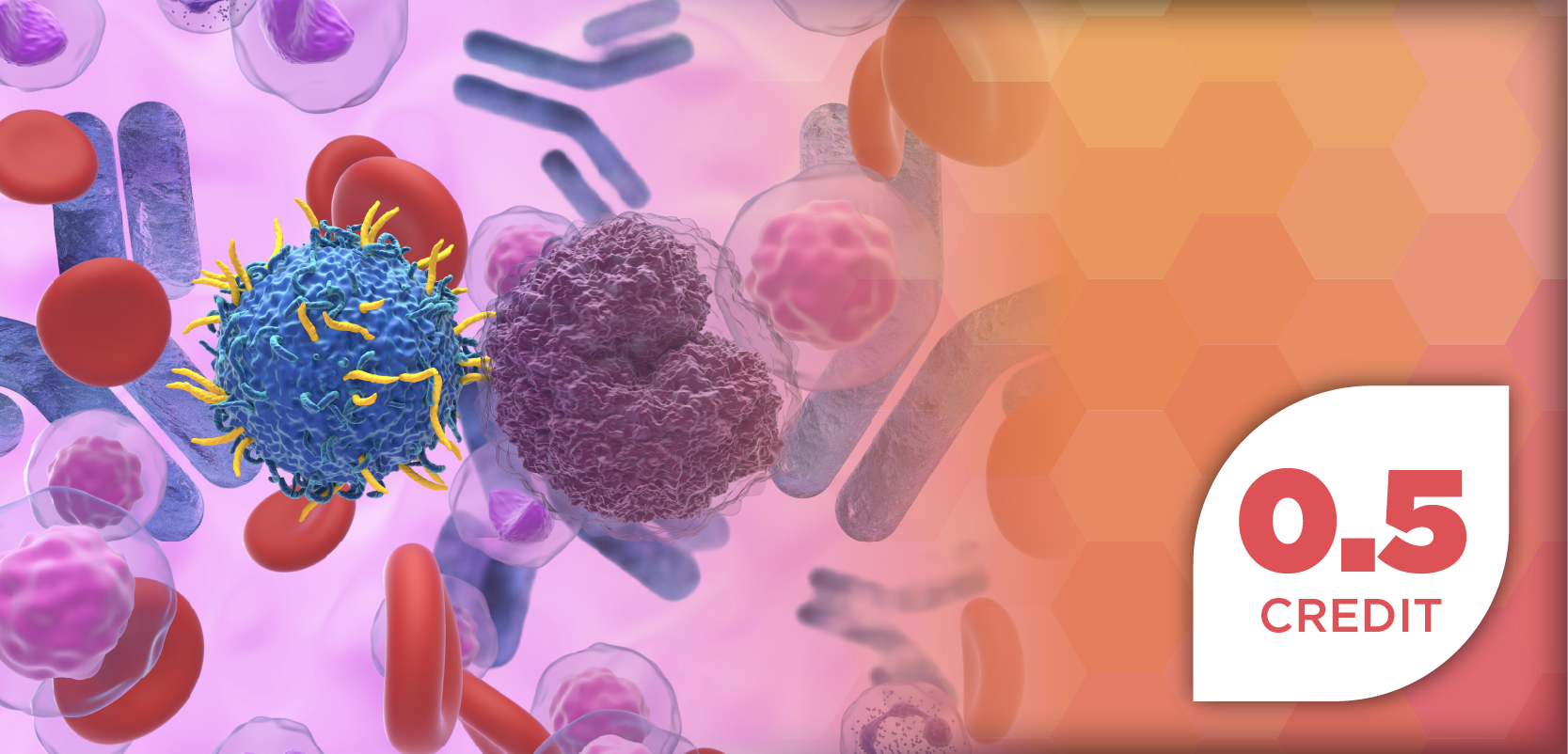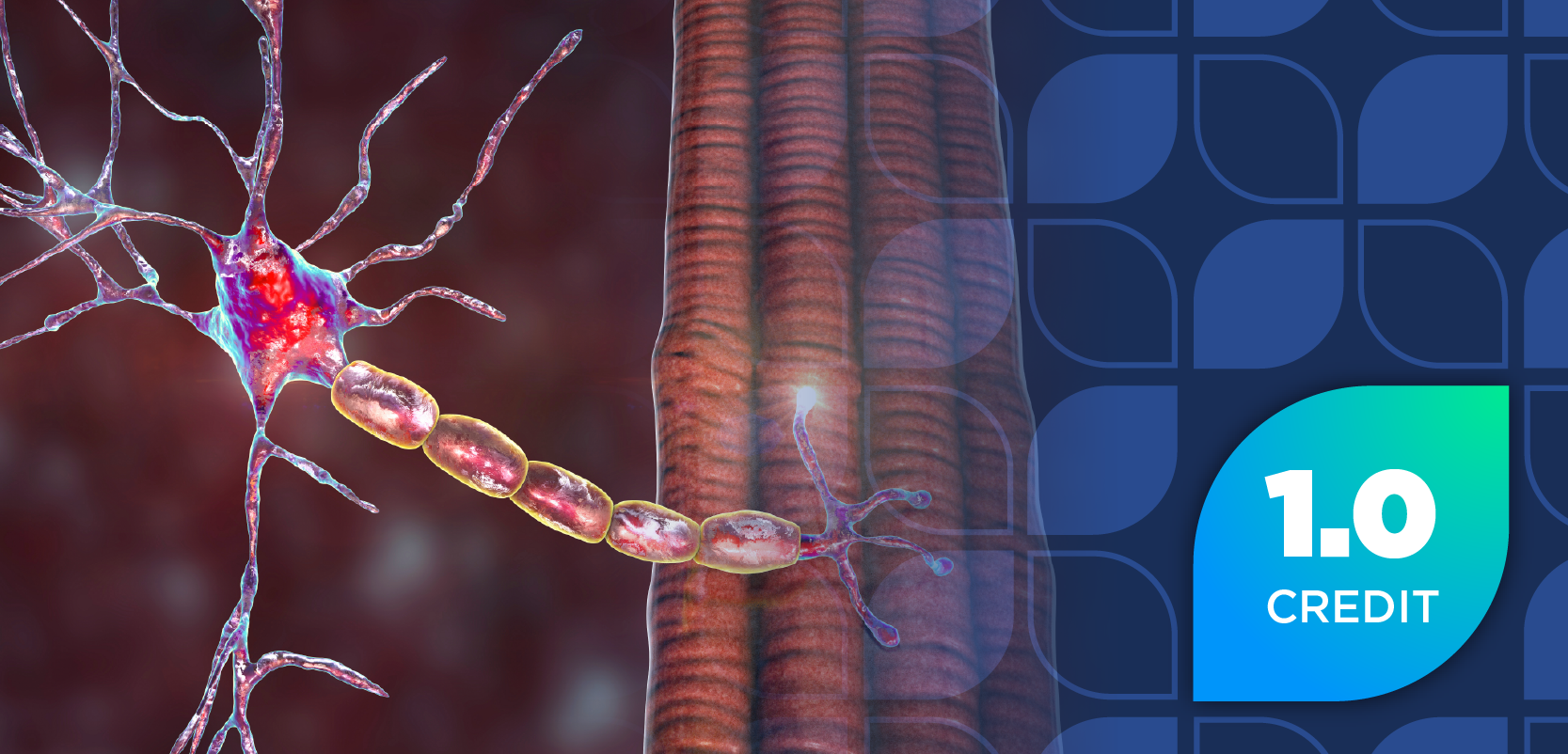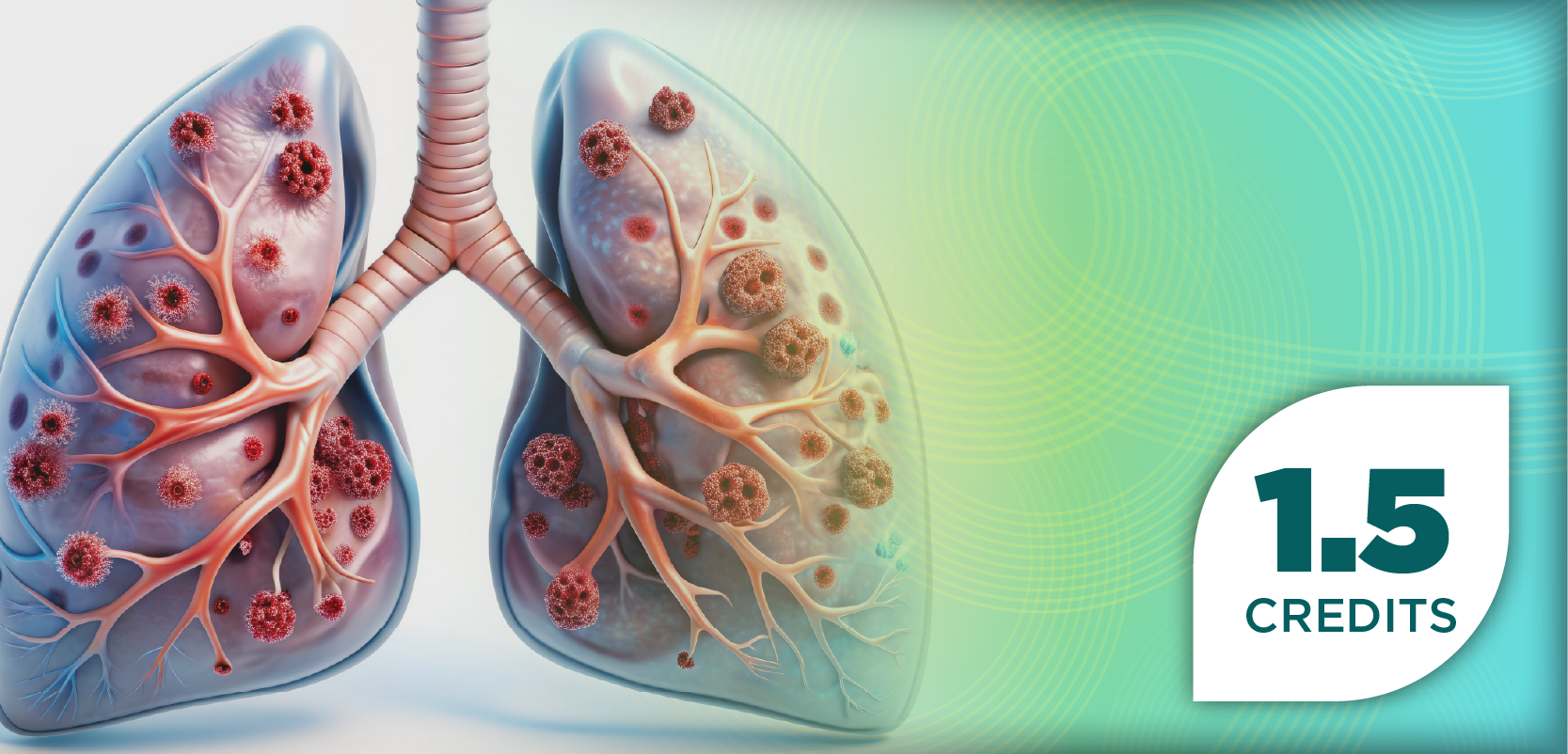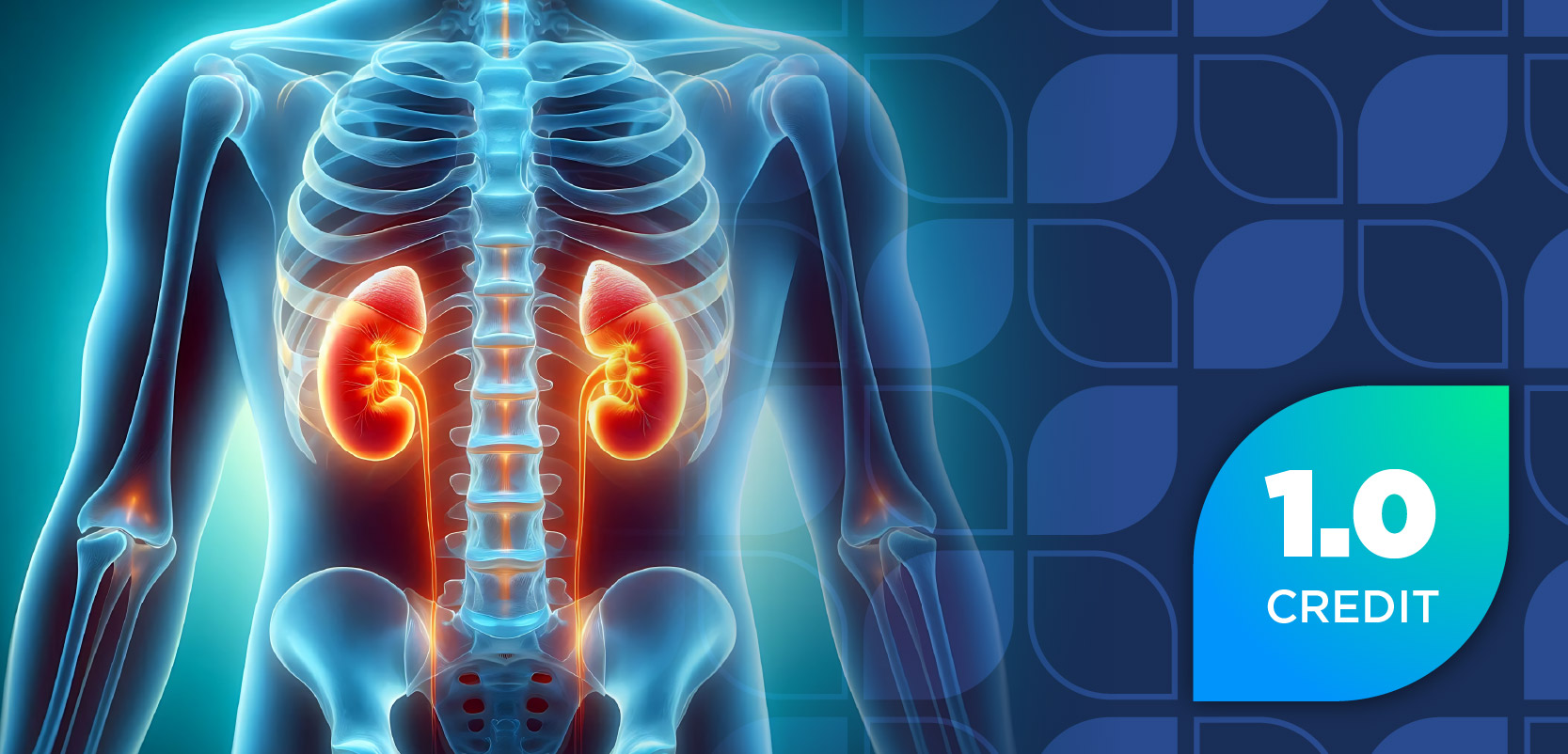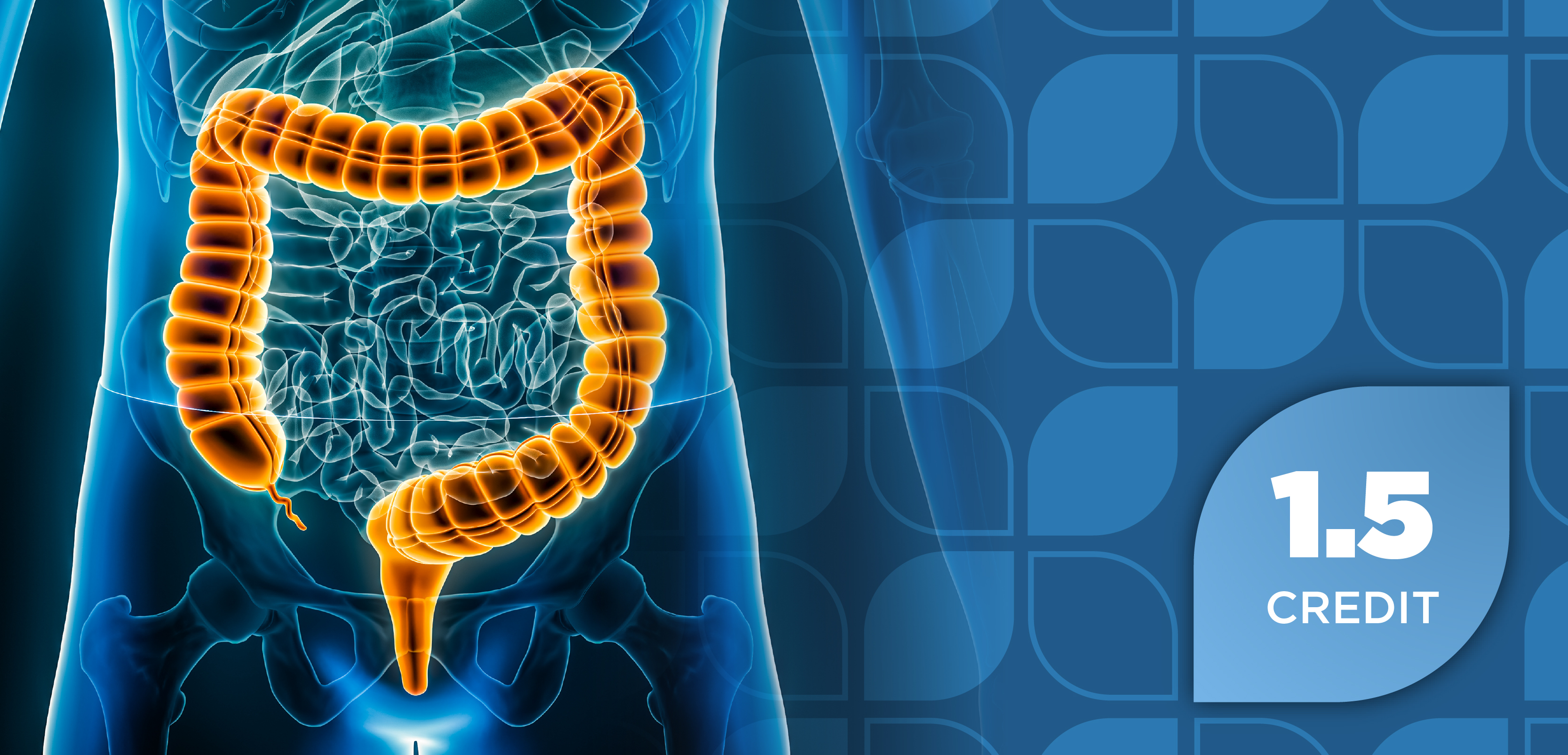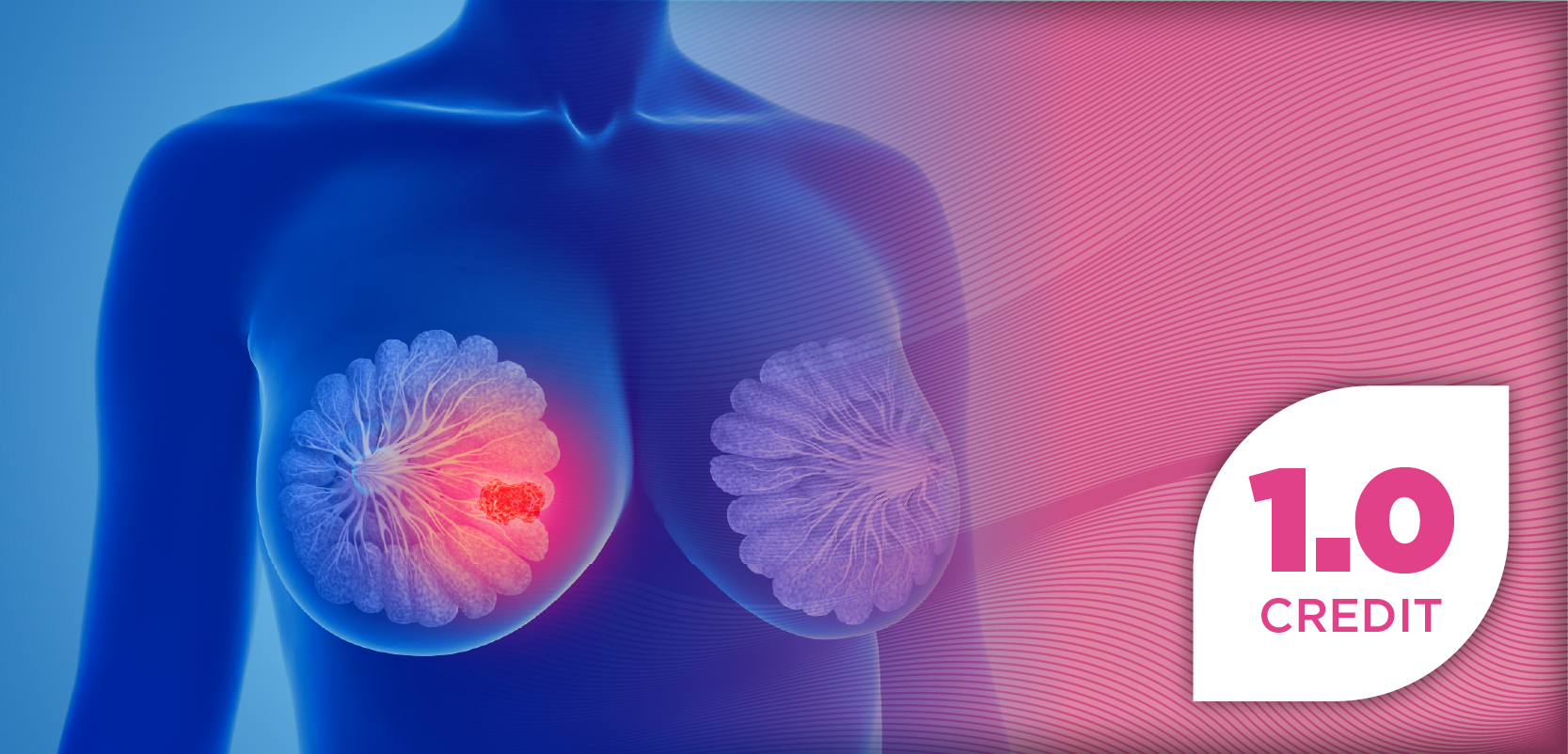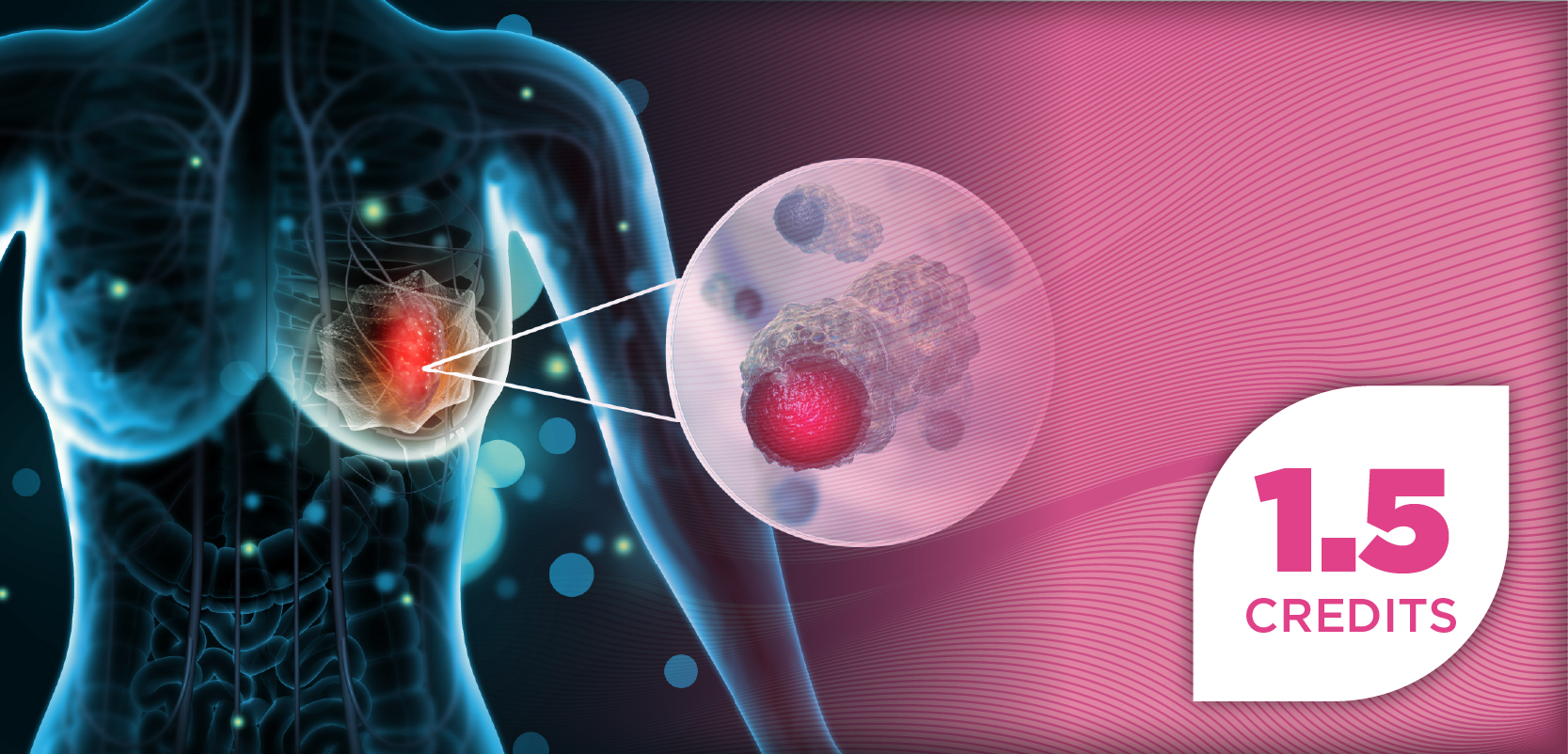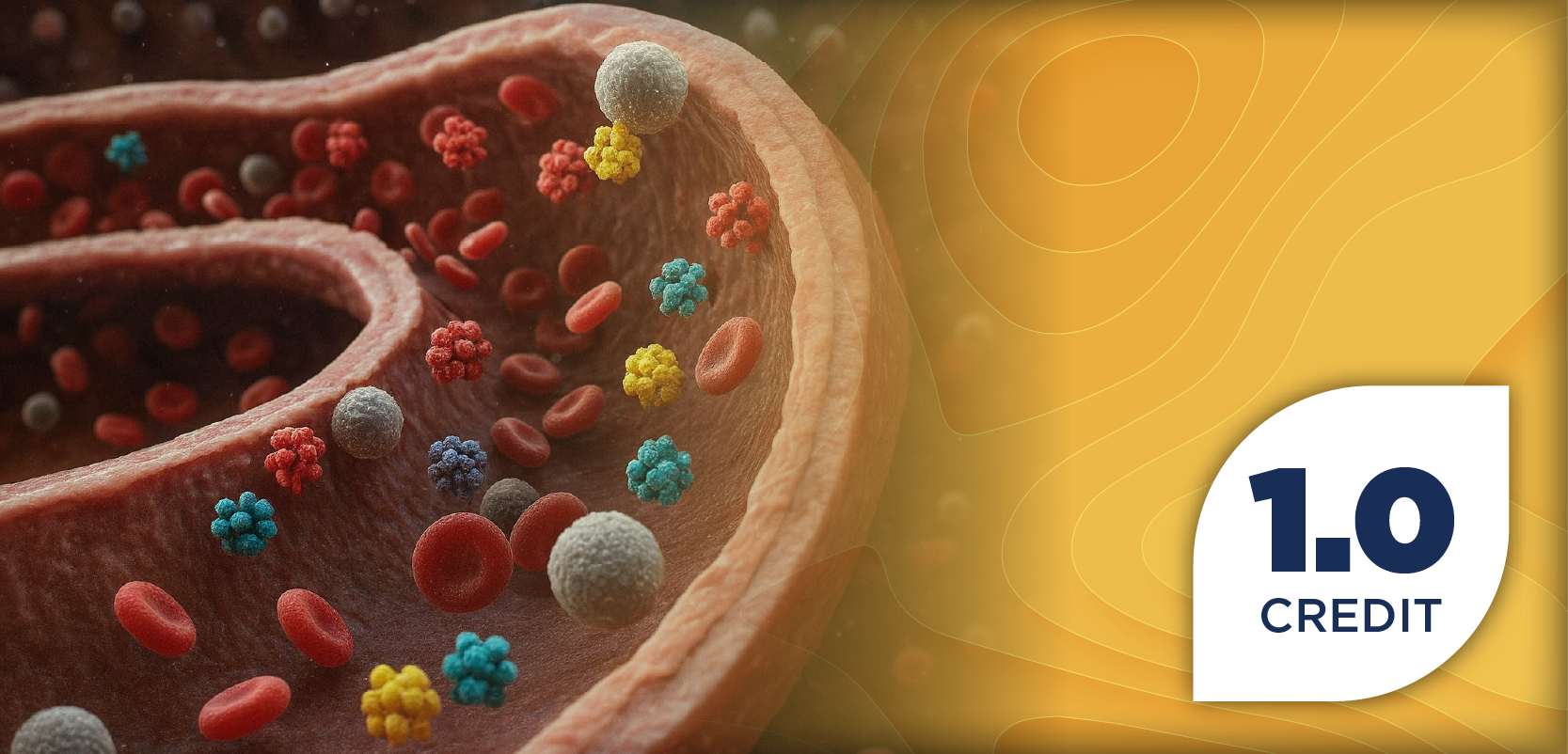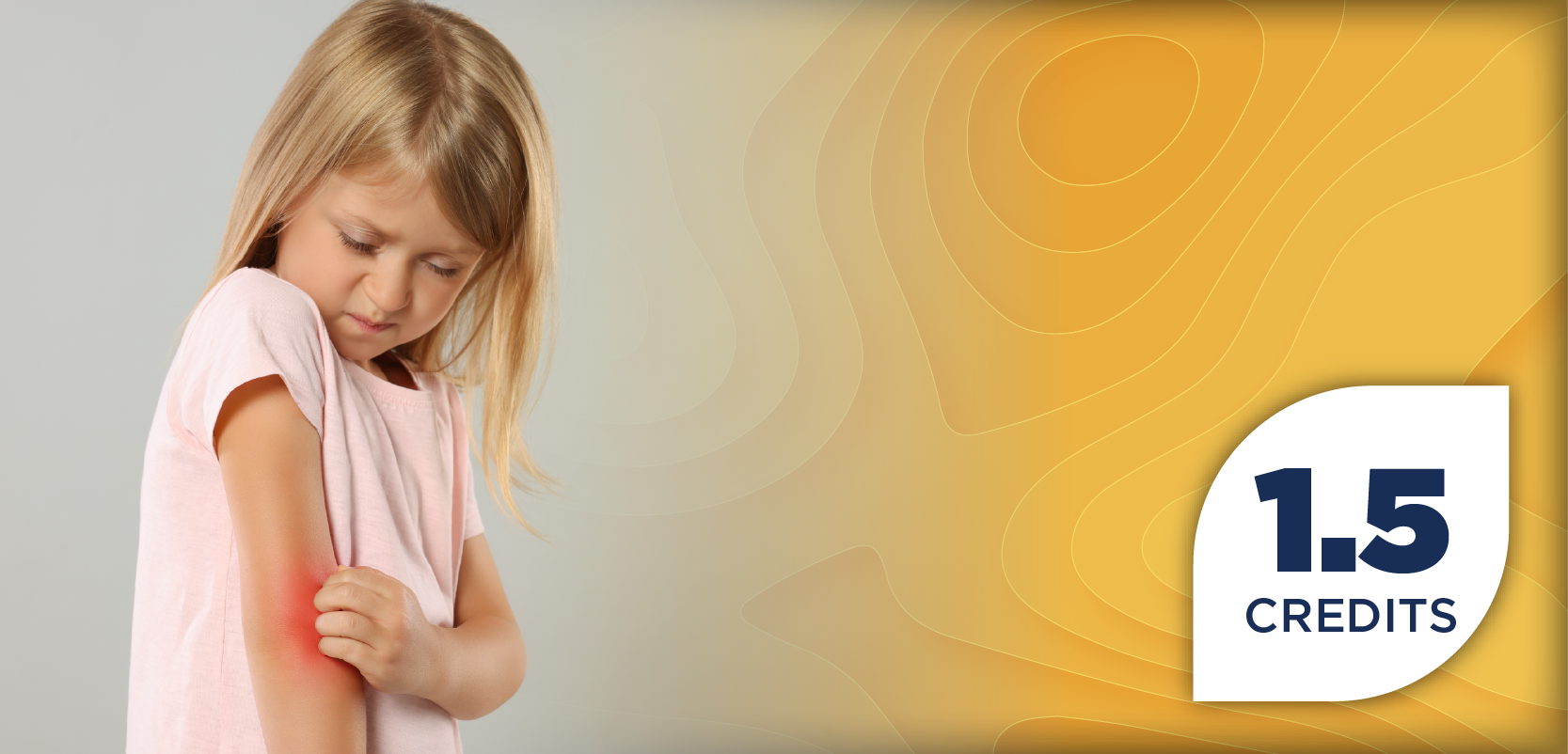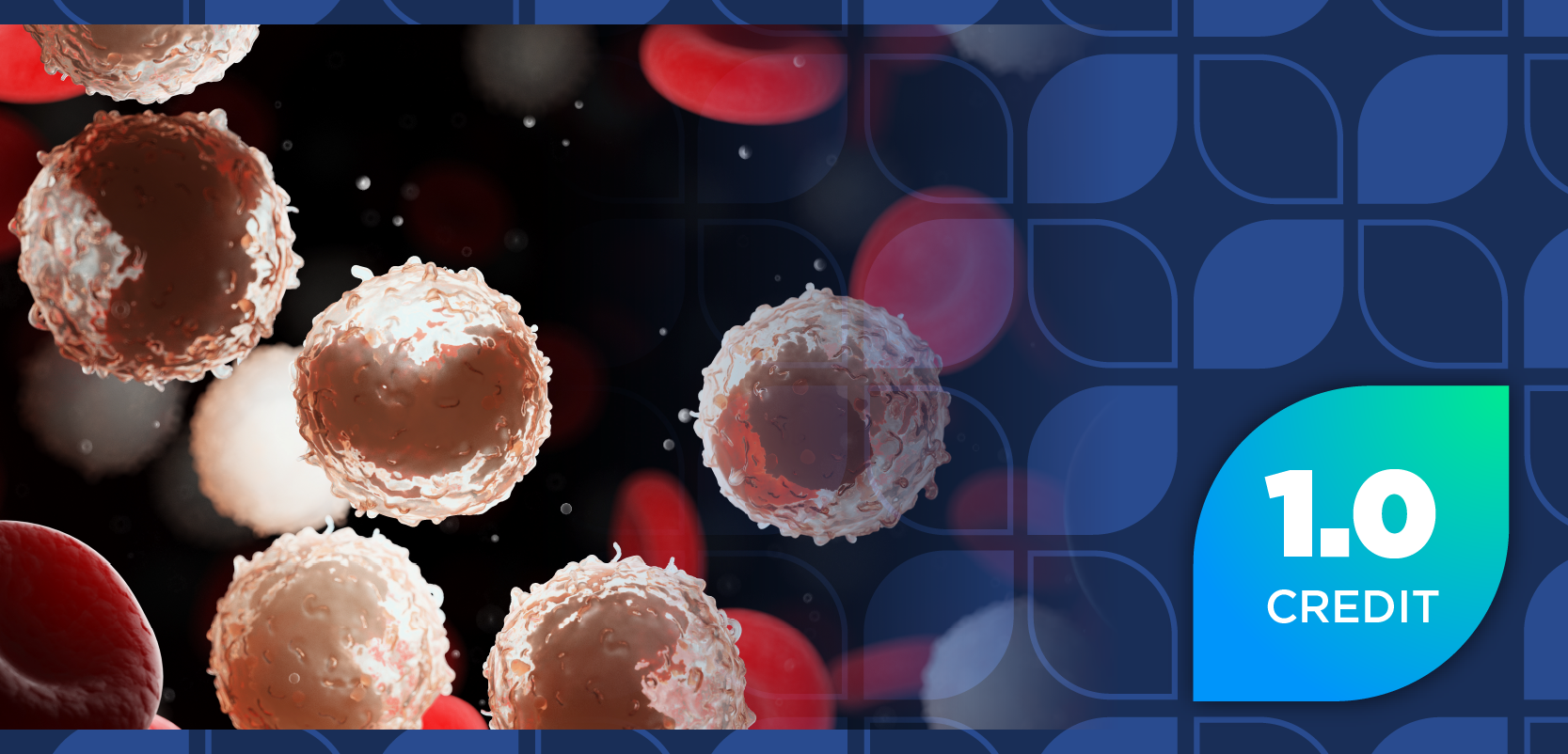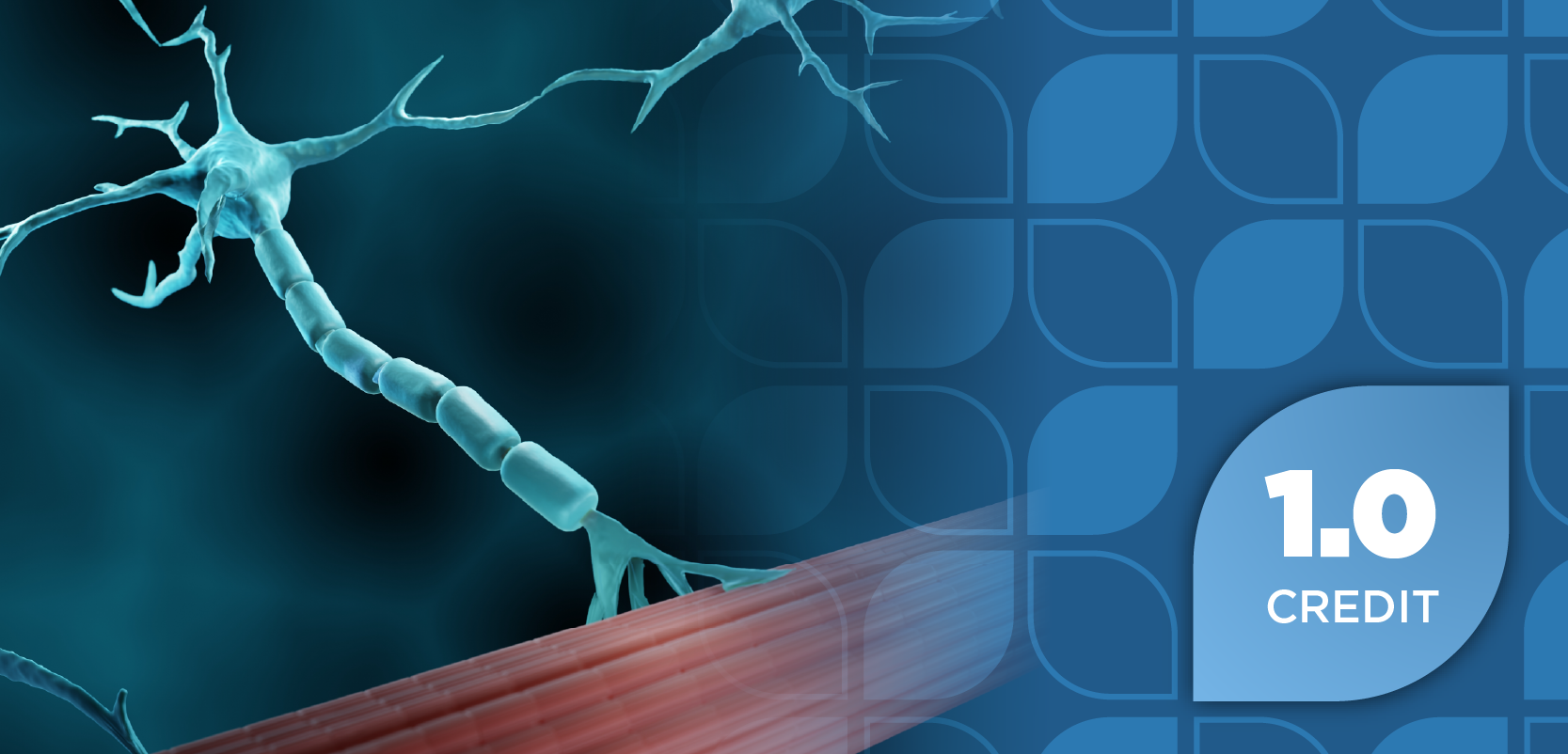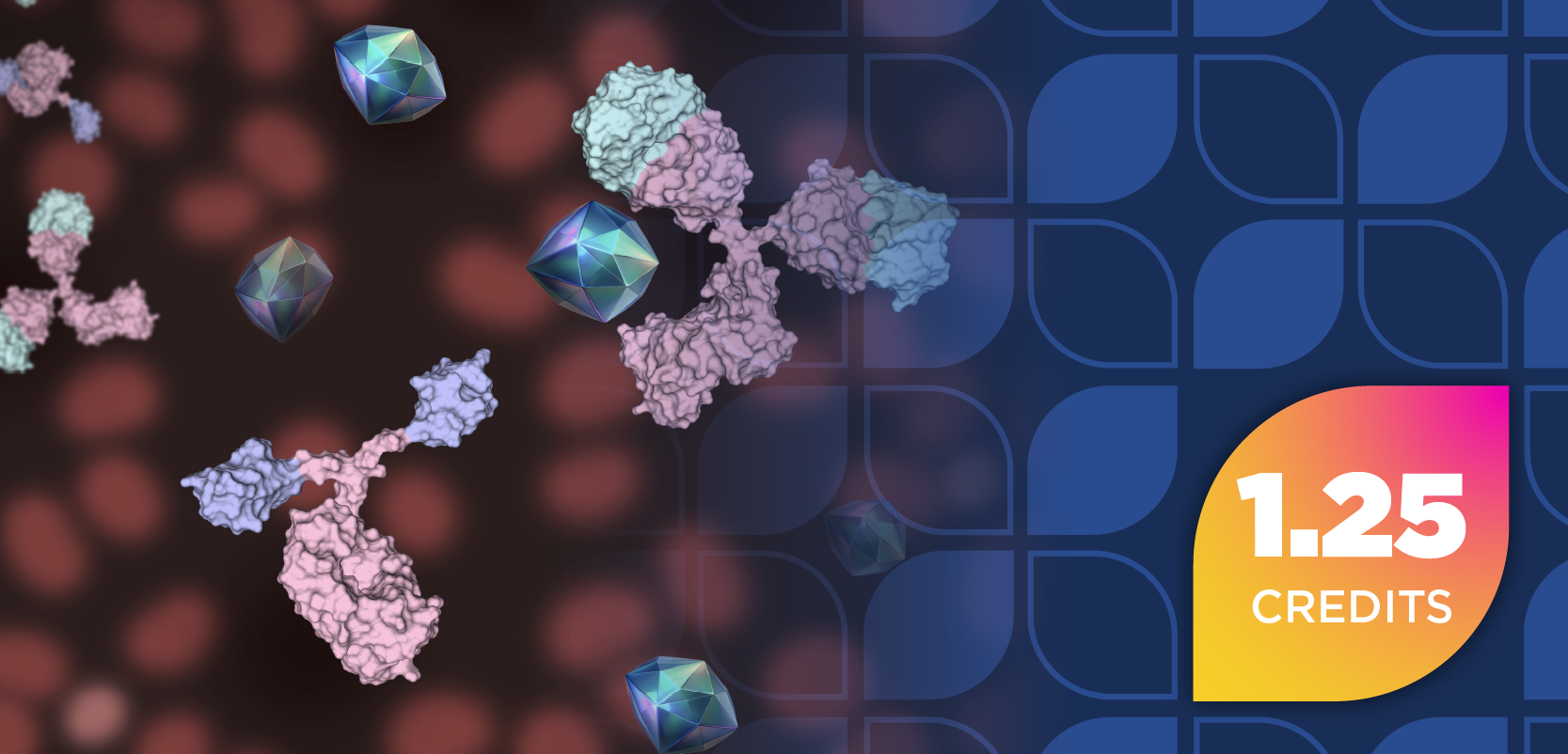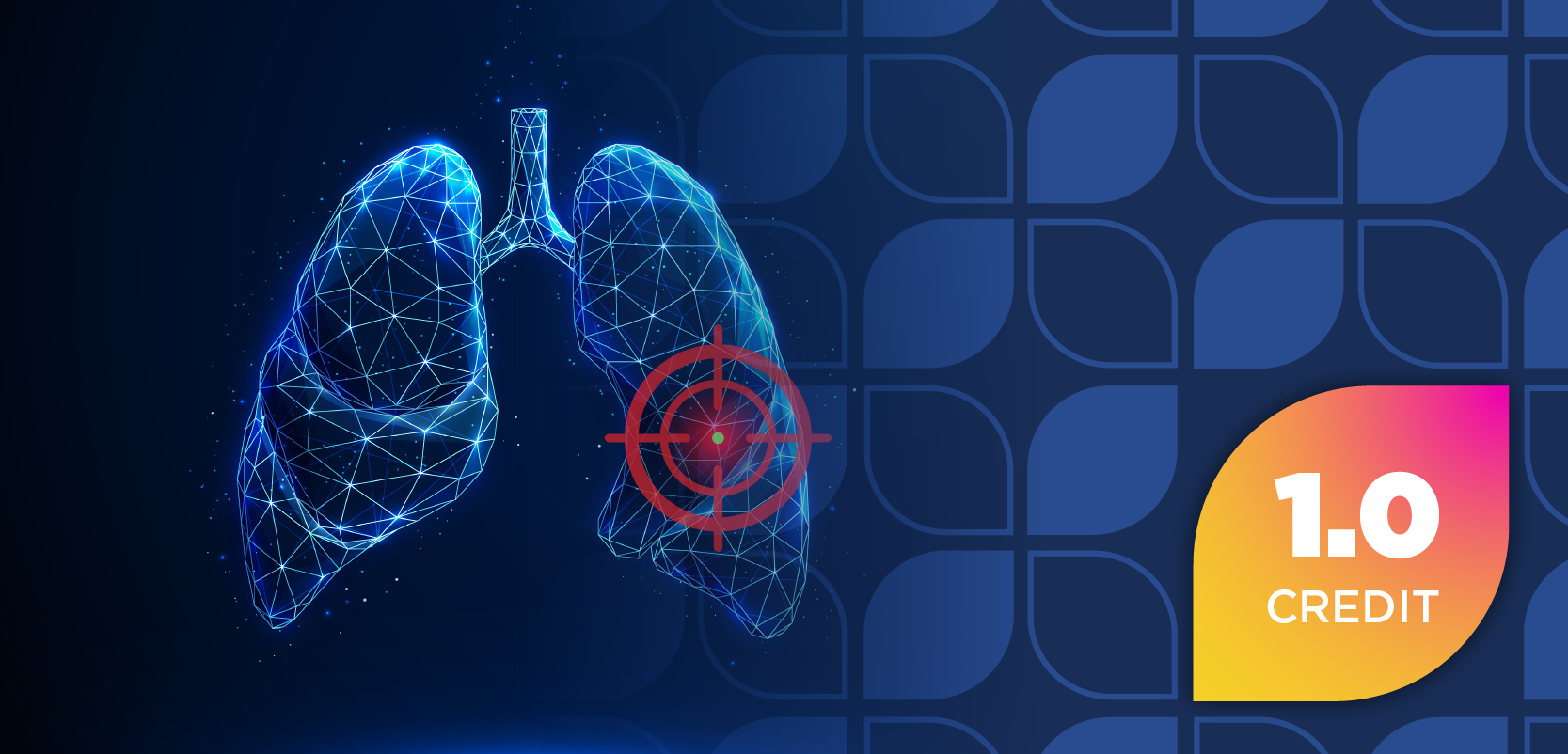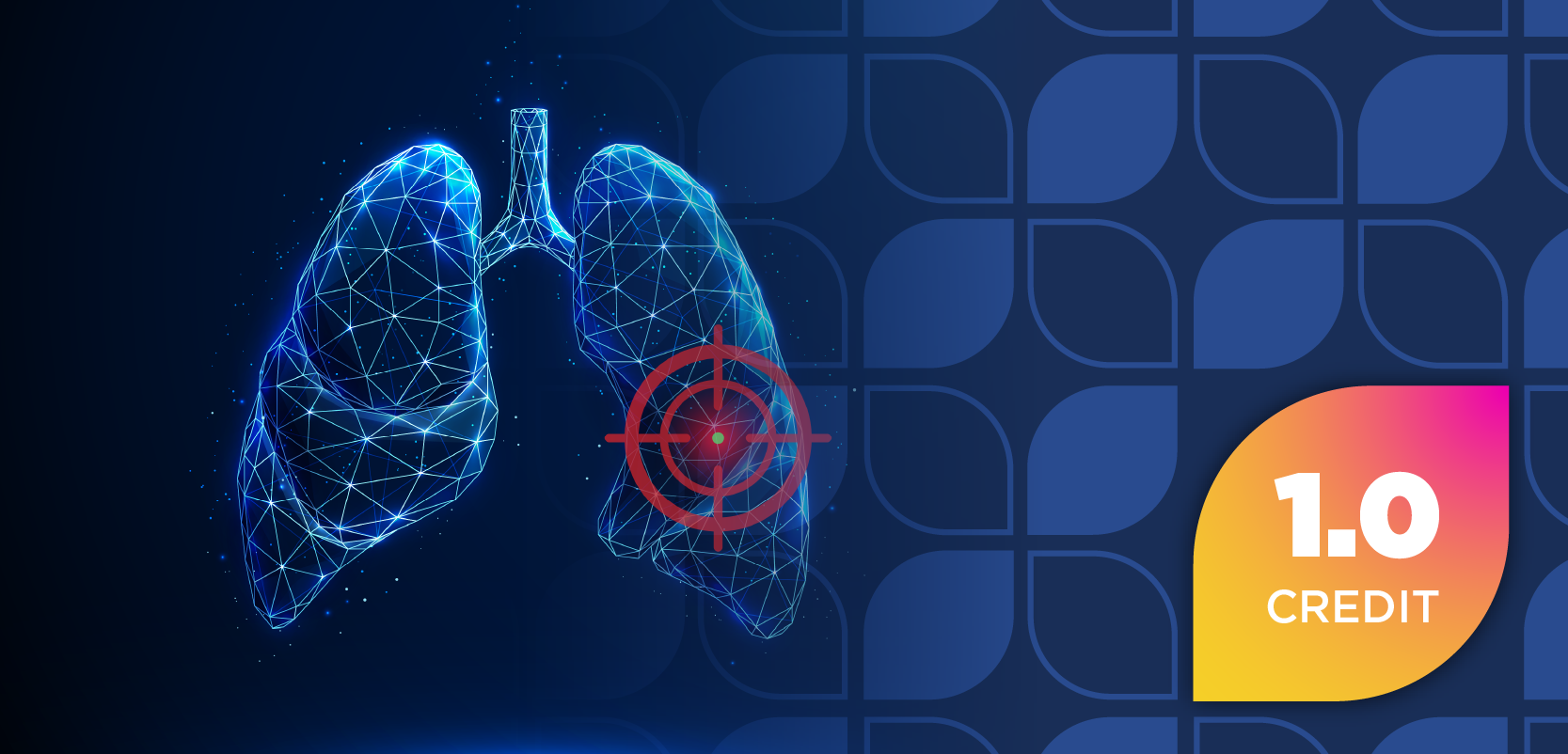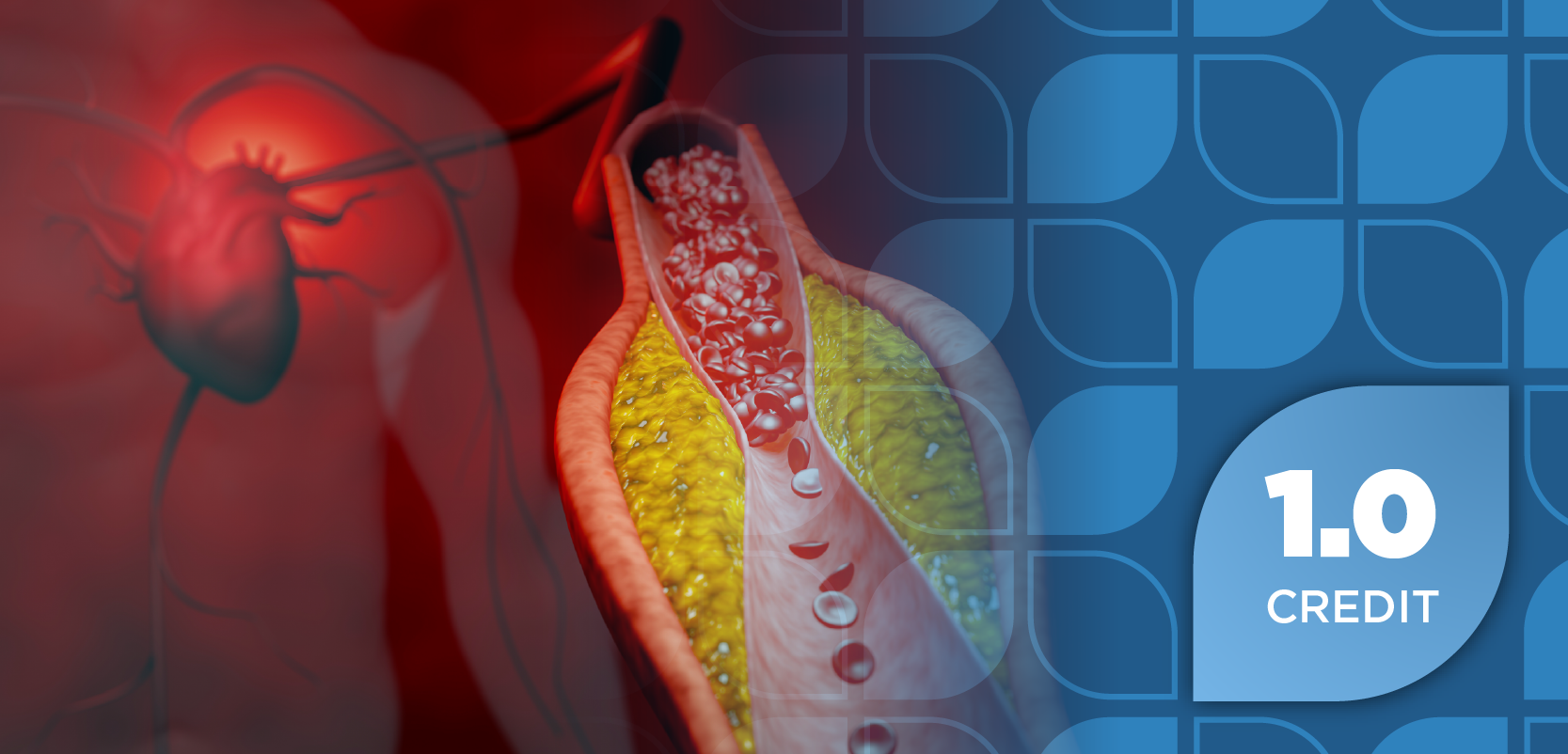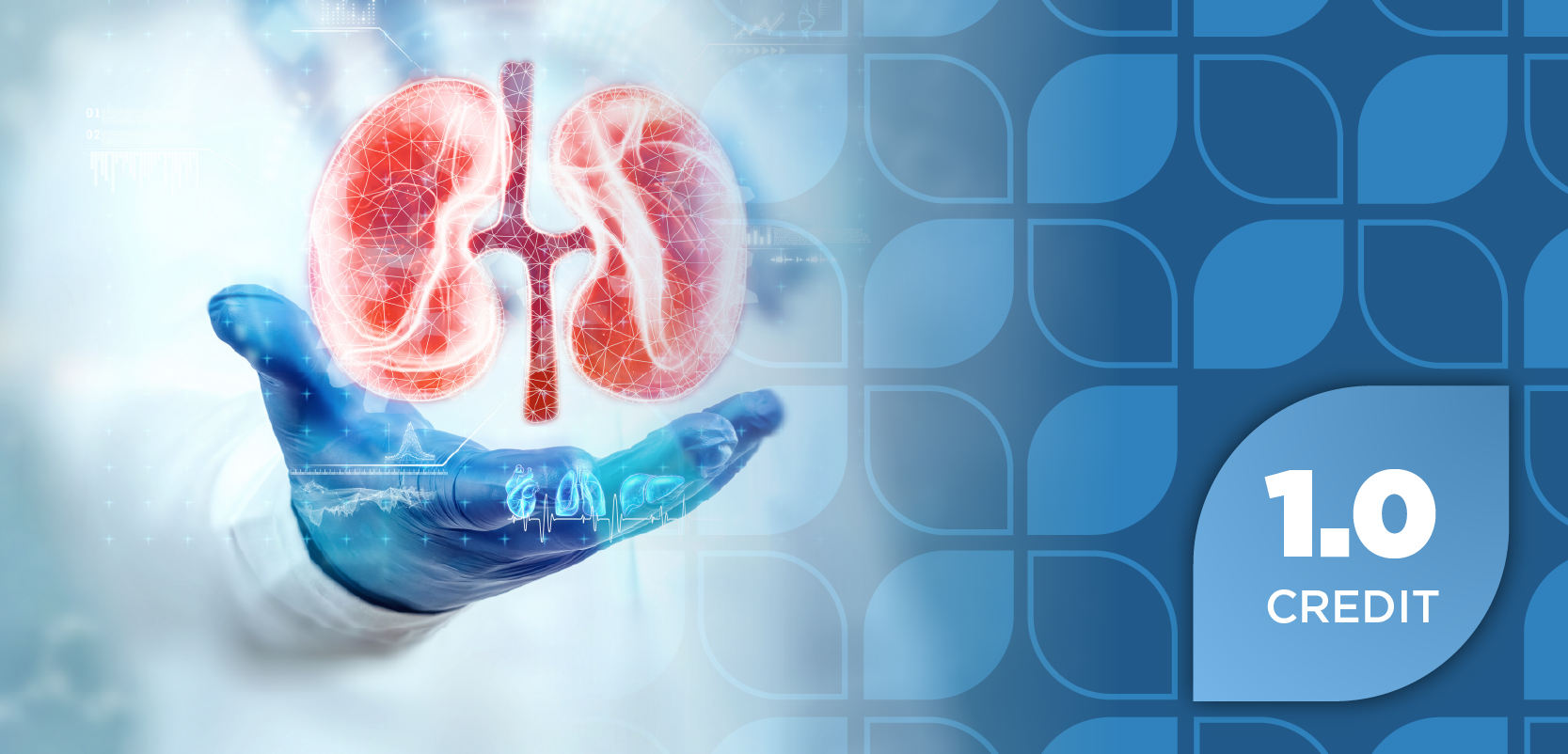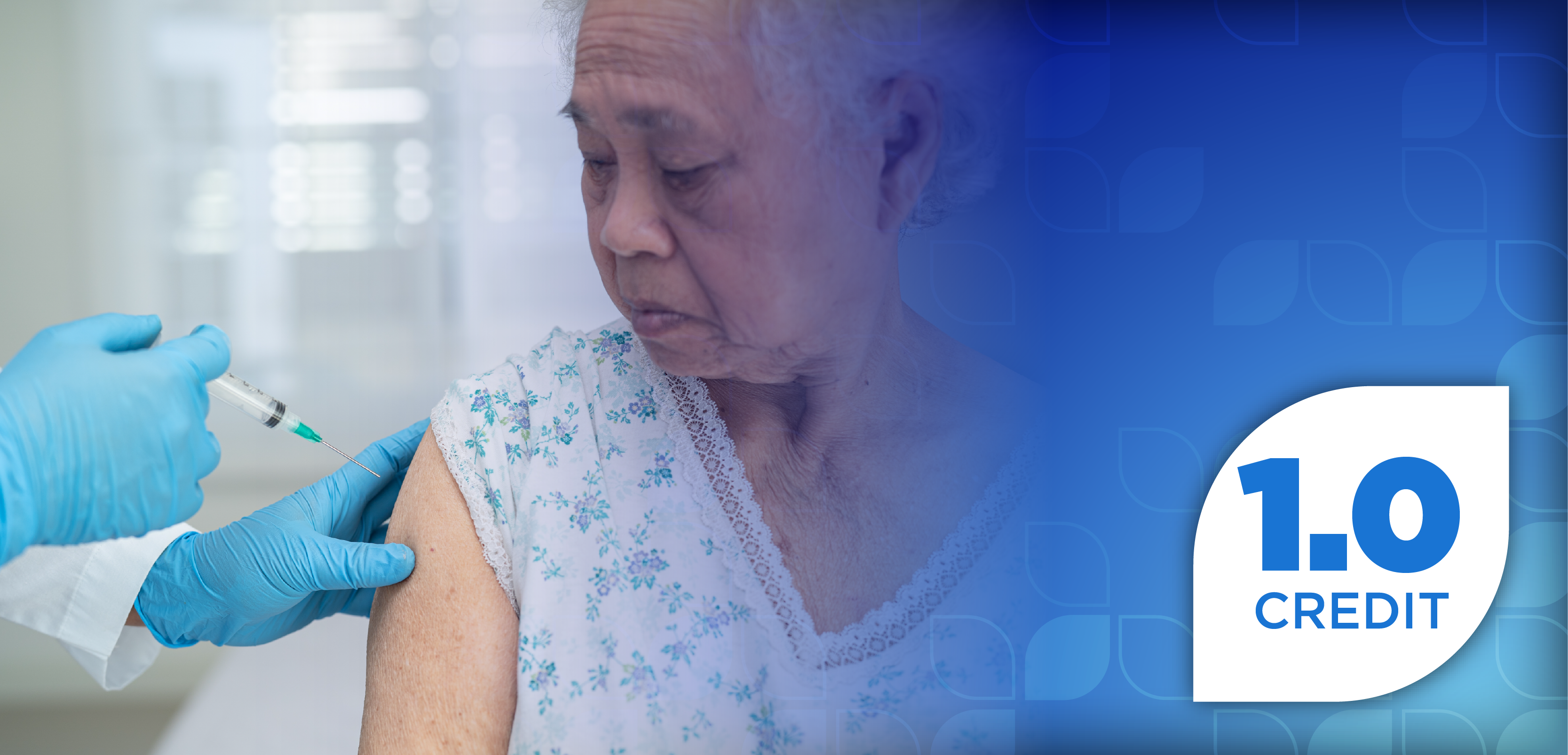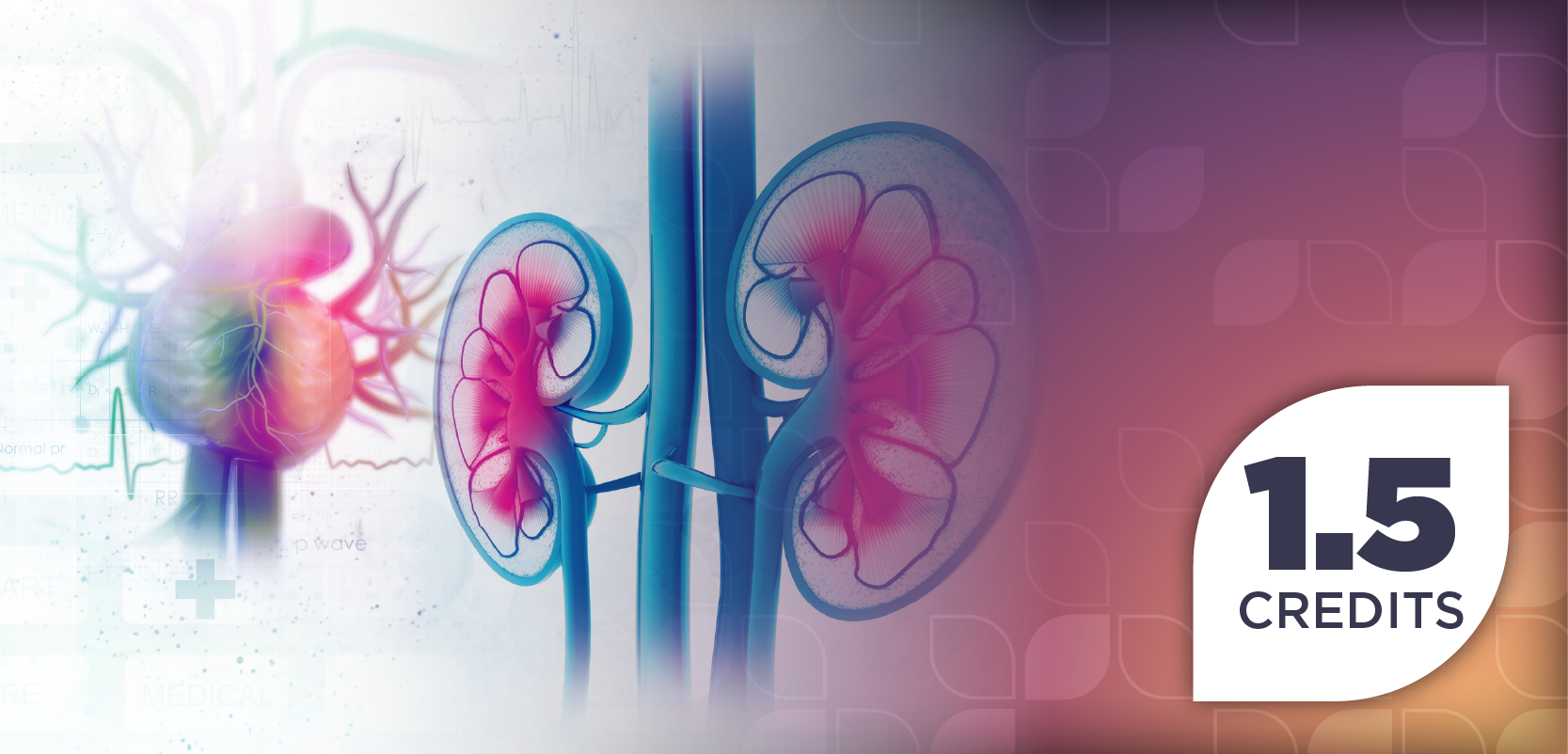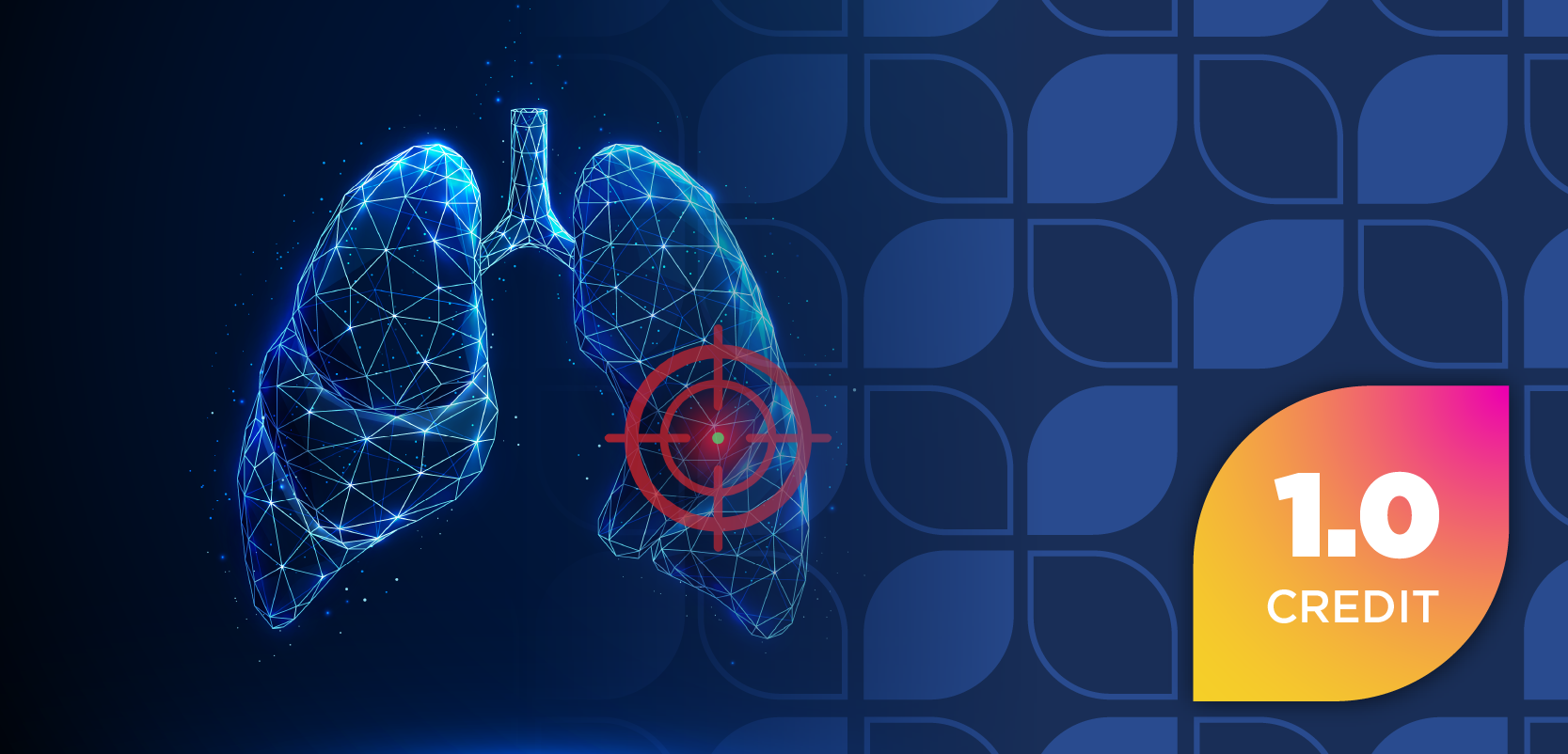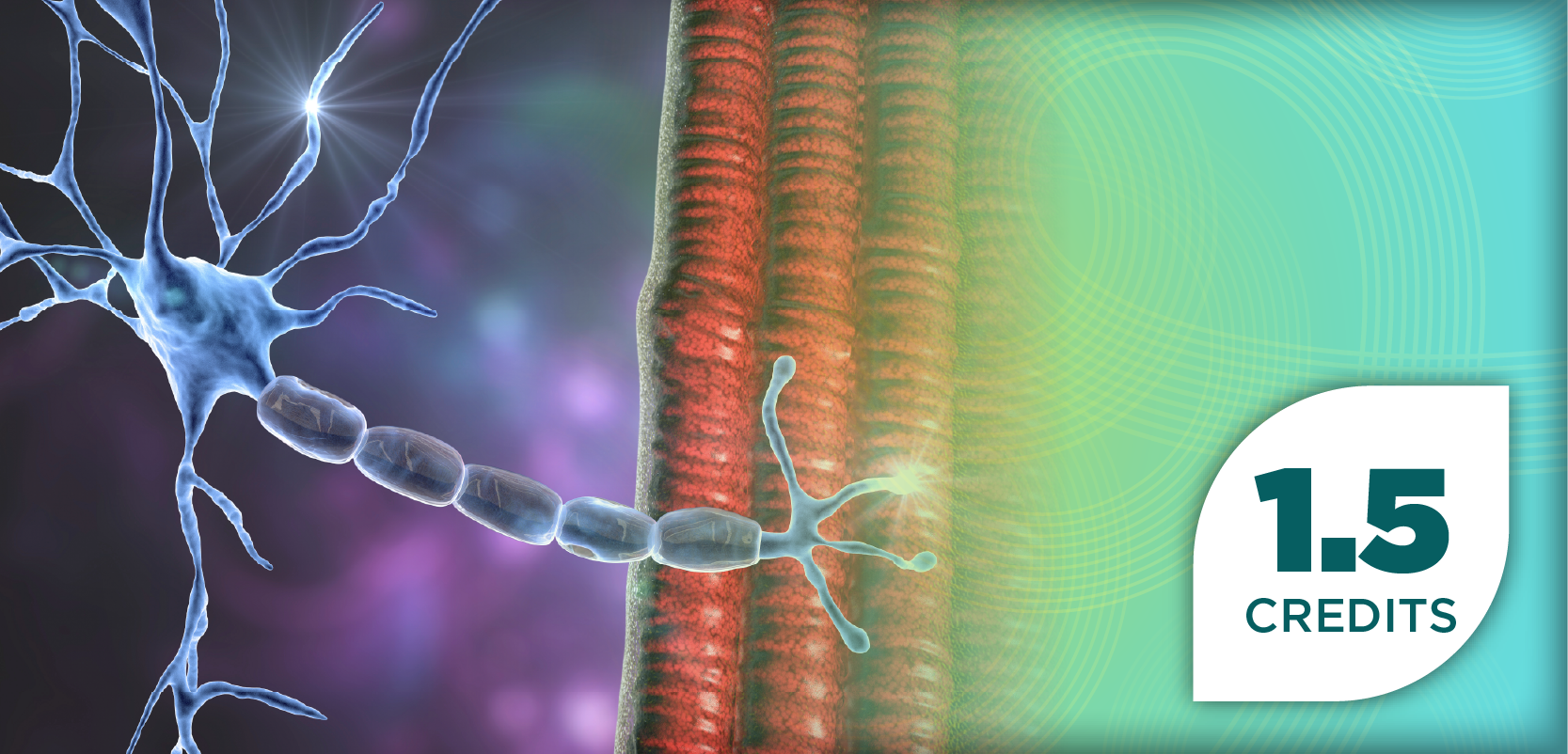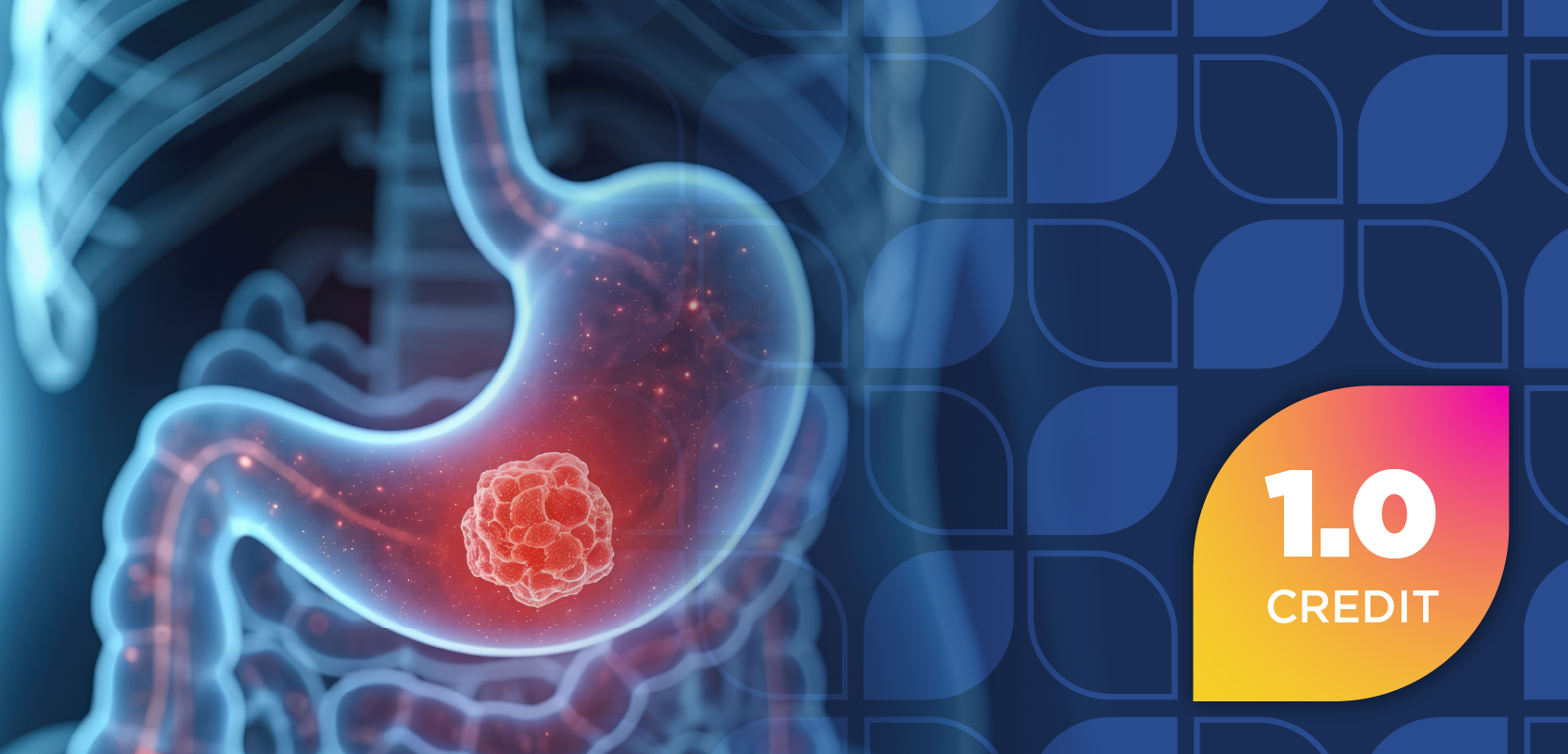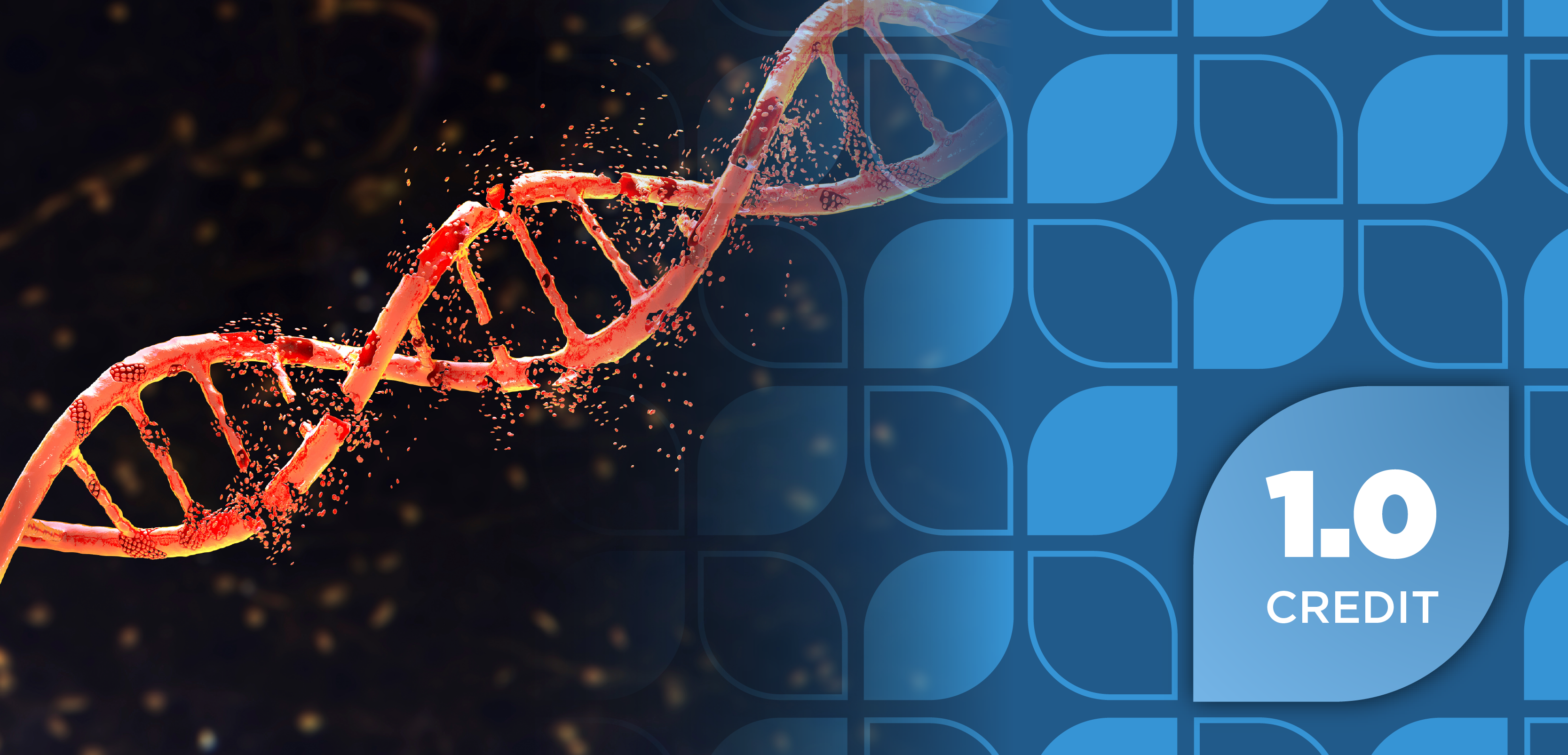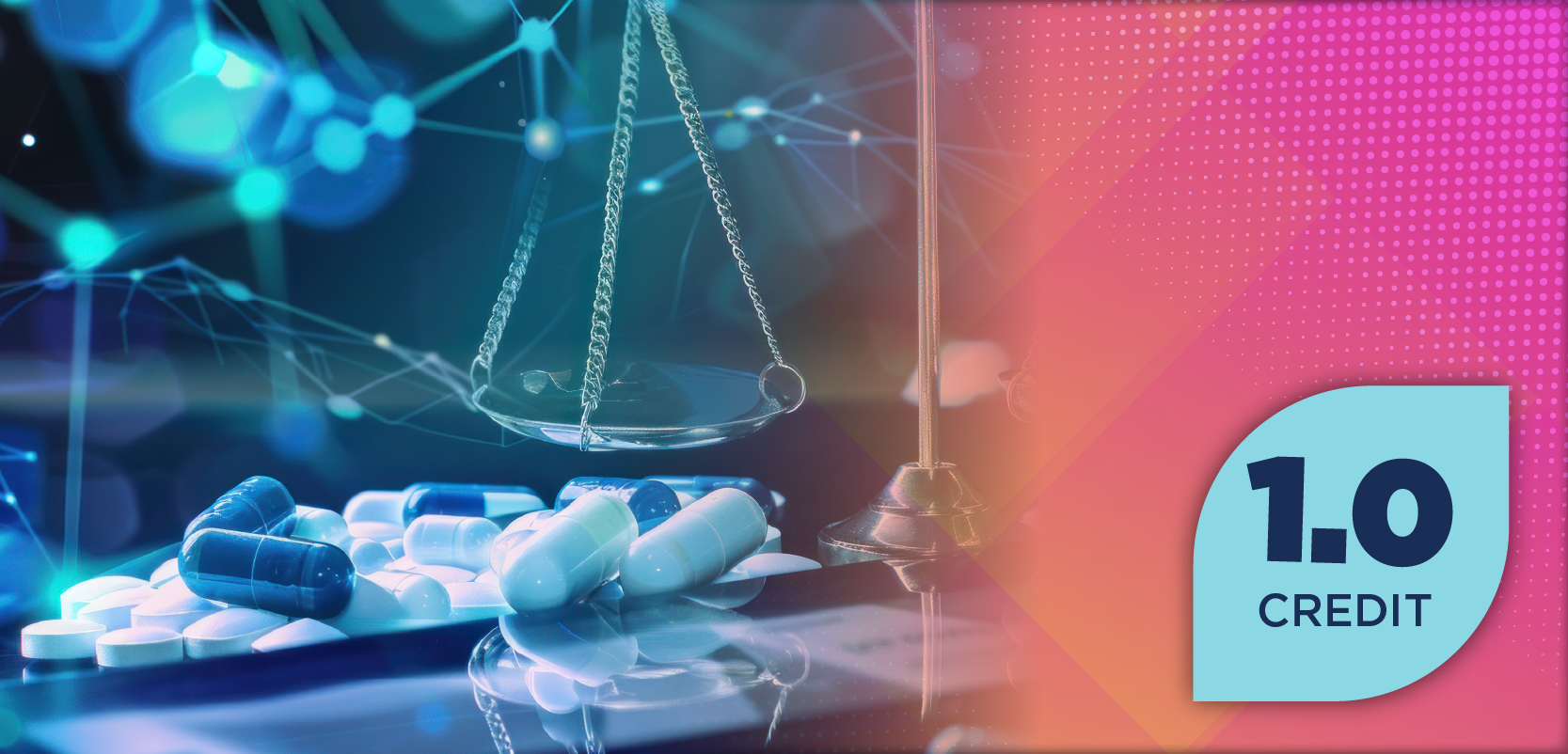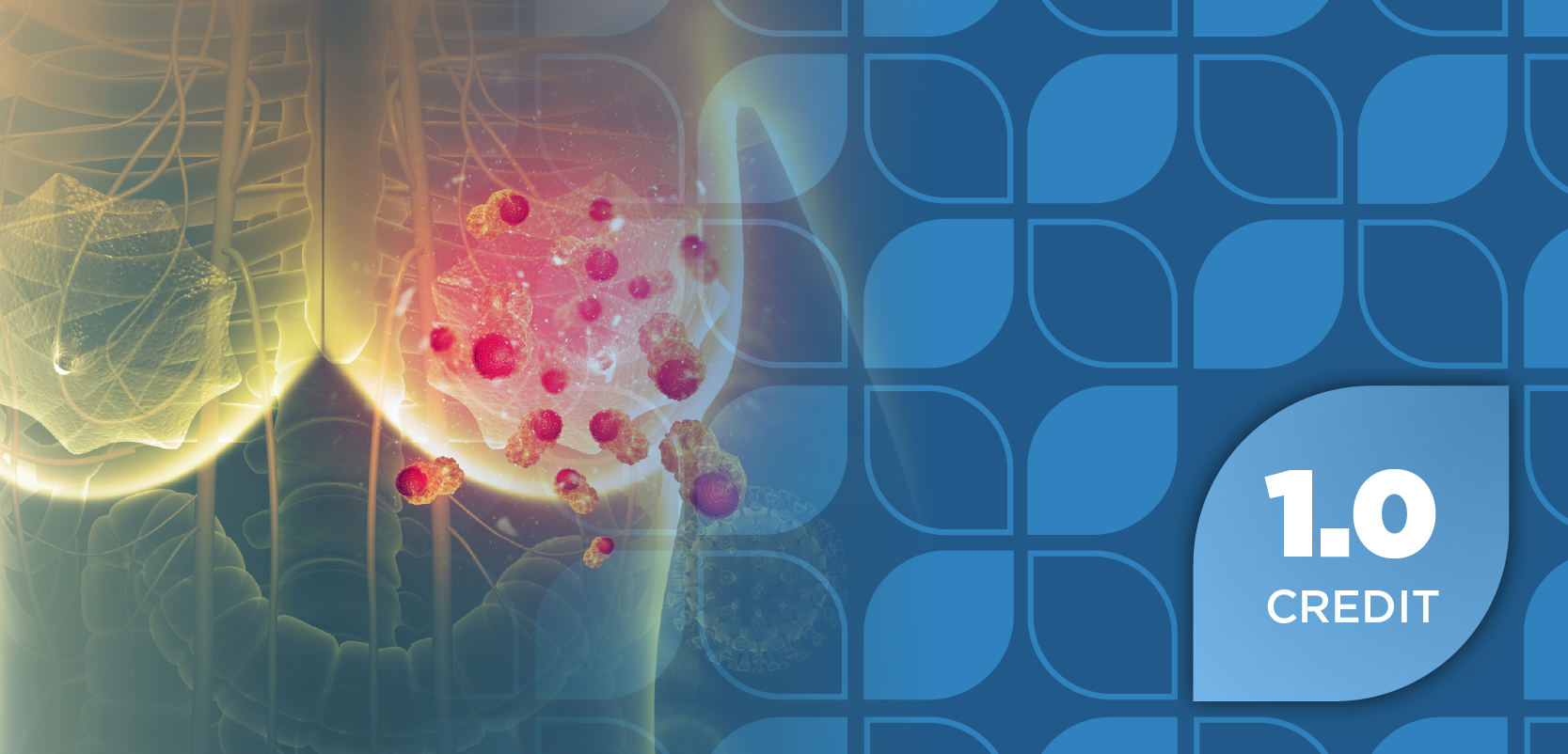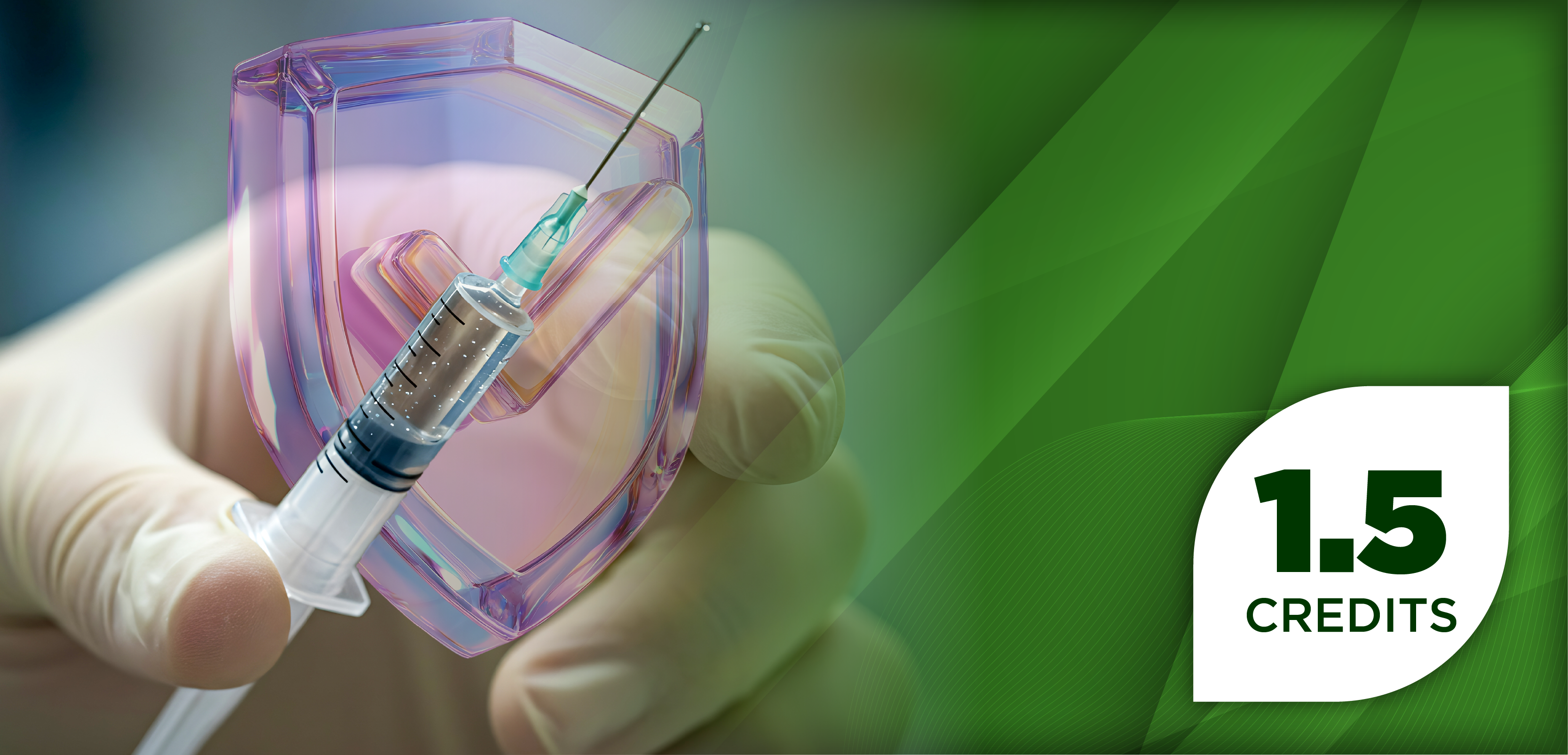Cannabis, also commonly called marijuana, is a drug that comes from the cannabis plant, which is native to Central or South Asia. In addition to its historic uses in traditional medicines, cannabis is now also used for recreational and entheogenic purposes. Its primary psychoactive component is tetrahydrocannabinol (THC), although the plant also contains many other compounds, one of which is cannabidiol. Medical marijuana is available as an oil, pill, vaporized liquid, nasal spray, dried leaves and buds, and as the plant itself.1
According to the CDC, cannabis is the most used federally illegal drug in the US. Approximately 19% of Americans reported using cannabis at least once in 2021.1 As of February 2024, 47 states, the District of Columbia, and 3 territories (Guam, Puerto Rico, and the US Virgin Islands) allow the use of cannabis for medical purposes; 24 states, the District of Columbia, and 2 territories (Guam and the North Mariana Islands) allow the use of cannabis for nonmedical adult purposes.2
About the Author
Kathleen Kenny, PharmD, RPh, earned her doctoral degree from the University of Colorado Health Sciences Center. She has more than 30 years of experience as a community pharmacist and works as a clinical medical writer based out of Homosassa, Florida.
The benefits and risks of legalized cannabis remain controversial. Medical cannabis is typically used to treat nausea and vomiting associated with cancer treatment; loss of appetite and weight loss associated with HIV/AIDS; epilepsy; chronic pain; and muscle spasms.1,3 Recreationally, cannabis is often used to relax and can provide a sense of euphoria.
Although the US is moving toward legalizing cannabis on a federal level, it is still considered a Schedule I controlled substance. This designation limits medical studies of the pharmacokinetics and pharmacodynamics of cannabis.
Given the changing landscape of cannabis use, it is important to counsel patients about cannabis use to communicate the risks and impacts on health. Cannabis, like alcohol and tobacco, may negatively impact patient health.3
COUNSELING APPROACH
Maintaining confidentiality is essential to the relationship between a pharmacy professional and a patient. Patients may be reluctant to ask for advice or provide the information required to provide proper care if they believe the pharmacist may not respect that confidentiality. When pharmacy professionals mishandle confidential information, it can damage public trust and confidence in the pharmacy and prevent the patient from receiving the best care possible.4
First, ask for the patient’s permission to discuss cannabis use and related issues. This may seem counterintuitive, but it shows respect and invites discussion. It also lets the patient know they are in control and that your questions, even personal ones, serve a specific purpose.4 During the conversation, pharmacists should assess the impacts of cannabis use. When patients report cannabis use, the next step is to screen for problematic use. Problematic use can include anything from conflicts with peers to cannabis use disorder. Approximately 1 in 10 people who use cannabis become addicted. It is important to ascertain the age of onset because using before a patient is aged 18 years increases the risk of addiction to 1 in 6.5 The frequency of use is also important because using at least monthly is also strongly associated with adverse health impacts.4
SHORT-TERM HEALTH EFFECTS
Cannabis affects individuals differently based on several factors, including genetics, age, gender, and other medications. Patients may experience cannabis differently from one use to another. Some common effects include the following6:
- Intoxication: Many people use cannabis to feel intoxicated. Cannabis can create a relaxed and euphoric sensation and can alter time perception, impair thinking and memory, and delay body movement.
- Anxiety, fear, distrust, panic, or hallucinations: These effects are more common when cannabis is taken in large amounts, the cannabis product has a high level of THC, or the person is inexperienced with using cannabis. Cannabis can also cause irritability and restlessness.
- Physical adverse effects: Commonly reported symptoms include increased appetite, dry mouth, bloodshot eyes, fatigue, elevated heart rate, and respiratory problems.
LONG-TERM HEALTH EFFECTS
In addition to its more acute effects, there is growing evidence that marijuana use may have lasting consequences on brain development, especially when marijuana use starts in adolescence when the brain is still developing. It can also lead to other long-term physical and mental health problems, such as the following5:
- Brain health: Cannabis use can cause permanent IQ loss of as much as 8 points when individuals start using it at a young age. These IQ points do not come back, even after discontinuation.
- Mental health: Studies link cannabis use to depression, anxiety, suicide planning, and psychotic episodes. However, it is unclear whether marijuana use is the cause of these conditions.
- Fetal health and development: Using cannabis during pregnancy may cause fetal growth restriction, premature birth, stillbirth, and brain development abnormalities, resulting in hyperactivity and poor cognitive function. THC and other chemicals from cannabis can also be passed from mother to infant through breast milk, further damaging healthy development.
- Daily life: Using cannabis can affect motivation and performance. Individuals who use cannabis are more likely to have relationship problems, worse educational outcomes, lower career achievement, and reduced life satisfaction.
- Substance use disorder: This is a complex condition in which there is uncontrolled use of a substance despite harmful consequences.
INTERACTIONS
Cannabis is extensively metabolized by the cytochrome P450 system and inhibits many of the enzymes within this system. This may lead to variable serum levels of other medications, as well as variable levels of cannabinoids when other medications modify the system.7 Some key interactions to be aware of include the following6:
- Alcohol: Cannabis use may increase the effects of alcohol.
- Anticoagulants, antiplatelet drugs, herbal products, and supplements: These drugs and some herbs and supplements reduce blood clotting. Cannabis may change how the body metabolizes them, possibly increasing the risk of bleeding.
- Central nervous system (CNS) depressants: Cannabis use in combination with CNS depressants might increase the sedative effect of these drugs.
- Protease inhibitors: When used with these antiviral drugs, cannabis may reduce their effectiveness.
- Selective serotonin reuptake inhibitors: Mixing cannabis with this type of antidepressant may increase the risk of mania.
HIGH-POTENCY CANNABIS
The trend toward higher-potency marijuana could pose additional, unknown risks. Twenty years ago, the average THC content in confiscated marijuana was less than 4%. In 2018, it was more than 15%.8 Pharmacists should counsel patients about how to read product labels for cannabis products.
CONCLUSION
With the legalization of cannabis for medical and recreational use, the number of people using cannabis-containing products is increasing. As with any other addictive substance, pharmacists must provide their patients with evidence-based recommendations to prevent or reduce adverse health effects related to cannabis use.
REFERENCES
1. Cannabis facts and stats. CDC. Updated February 22, 2024. Accessed December 24, 2024. https://www.cdc.gov/cannabis/data-research/facts-stats/index.html
2. State medical cannabis laws. CDC. Updated February 16, 2024. Accessed December 24, 2024. https://www.cdc.gov/cannabis/about/state-medical-cannabis-laws.html
3. Talking to patients about cannabis use. State of Connecticut. June 9, 2023. Accessed December 24, 2024. https://portal.ct.gov/cannabis/knowledge-base/articles/education-and-prevention/talking-to-patients-about-cannabis-use?language=en_US
4. In practice: guidance on confidentiality. General Pharmaceutical Council. Updated June 2018. Accessed December 24, 2024. https://assets.pharmacyregulation.org/files/2024-01/in_practice_guidance_on_confidentiality_june_2018.pdf
5. Know the risks of marijuana. Substance Abuse and Mental Health Services Administration. Updated July 29, 2024. Accessed December 24, 2024. https://www.samhsa.gov/marijuana
6. Cannabis (marijuana). National Institute on Drug Abuse. September 2024. Accessed December 2024. https://nida.nih.gov/research-topics/cannabis-marijuana#long-term-health-cannabis
7. Smith RT, Gruber SA. Contemplating cannabis? the complex relationship between cannabinoids and hepatic metabolism resulting in the potential for drug-drug interactions. Front Psychiatry. 2023;13:1055481. doi:10.3389/fpsyt.2022.1055481
8. Geoffrion L. Marijuana side effects: physical, mental, and long-term effects. American Addiction Centers. Updated October 22, 2024. Accessed December 24, 2024. https://americanaddictioncenters.org/marijuana-rehab/long-term-effects





